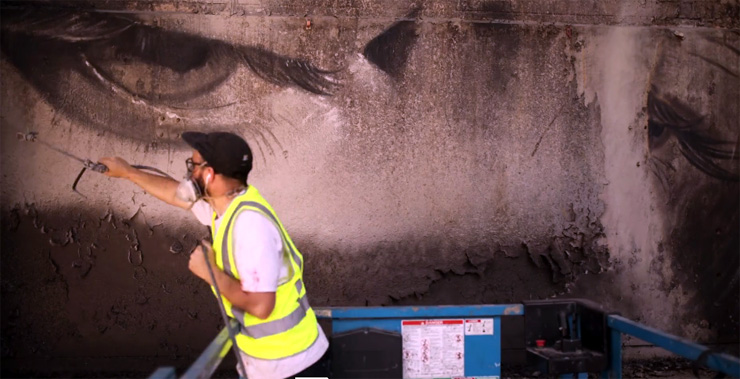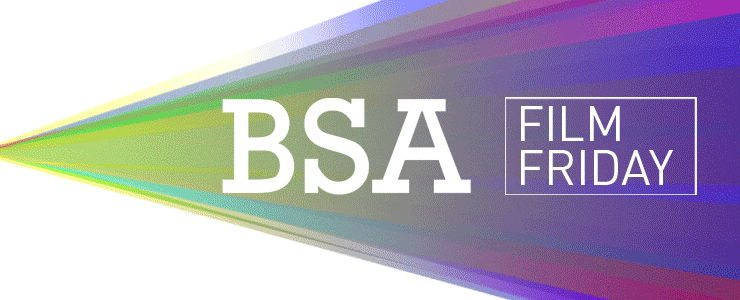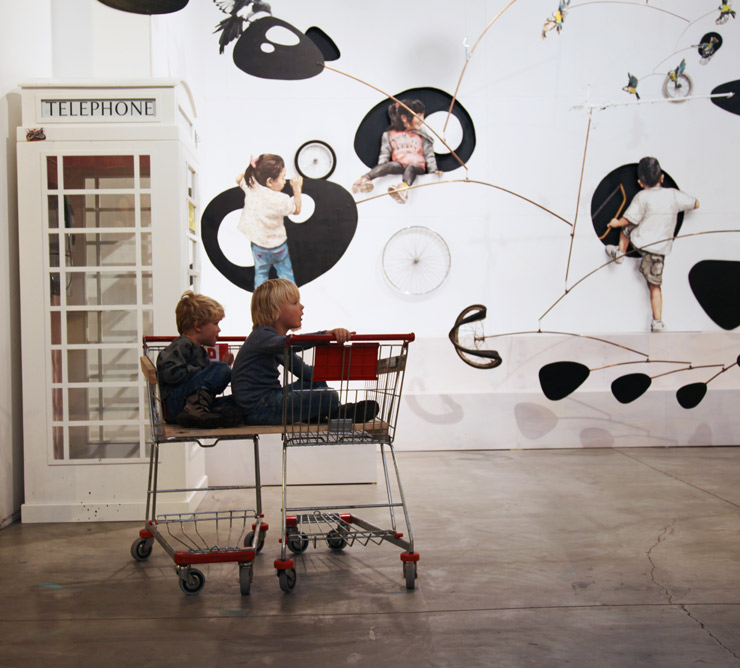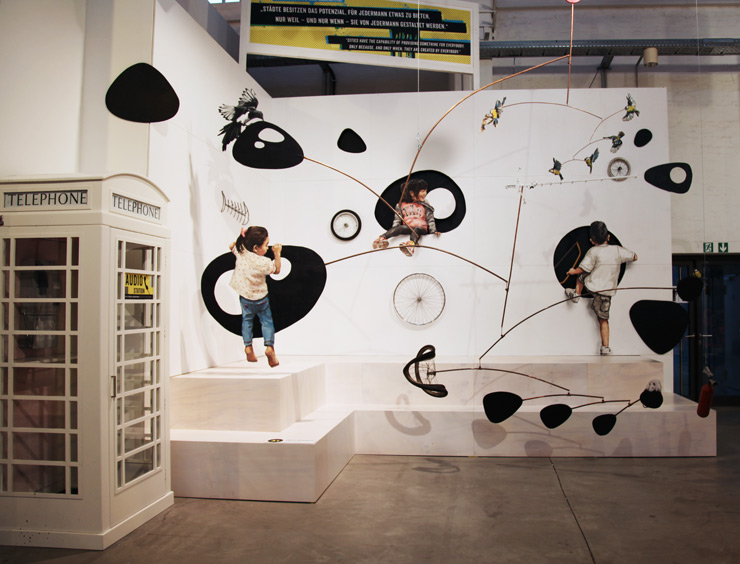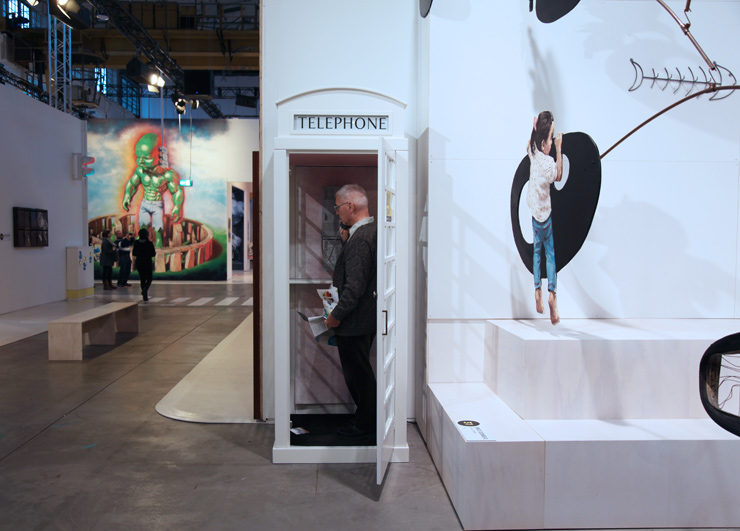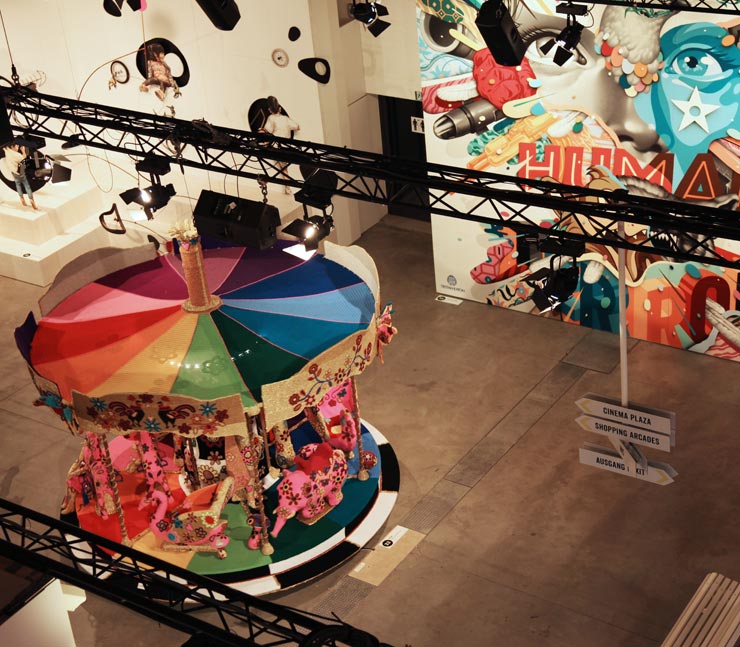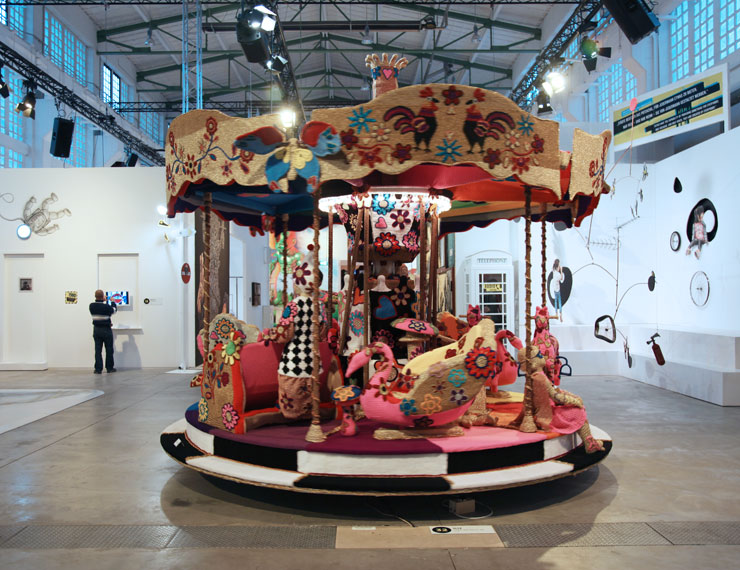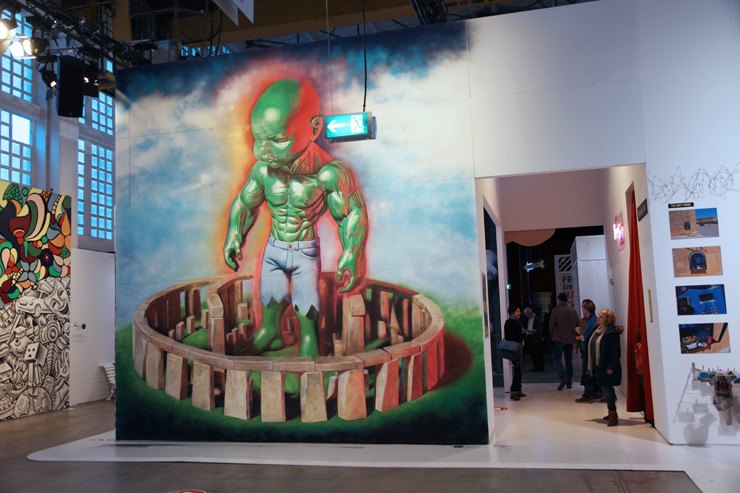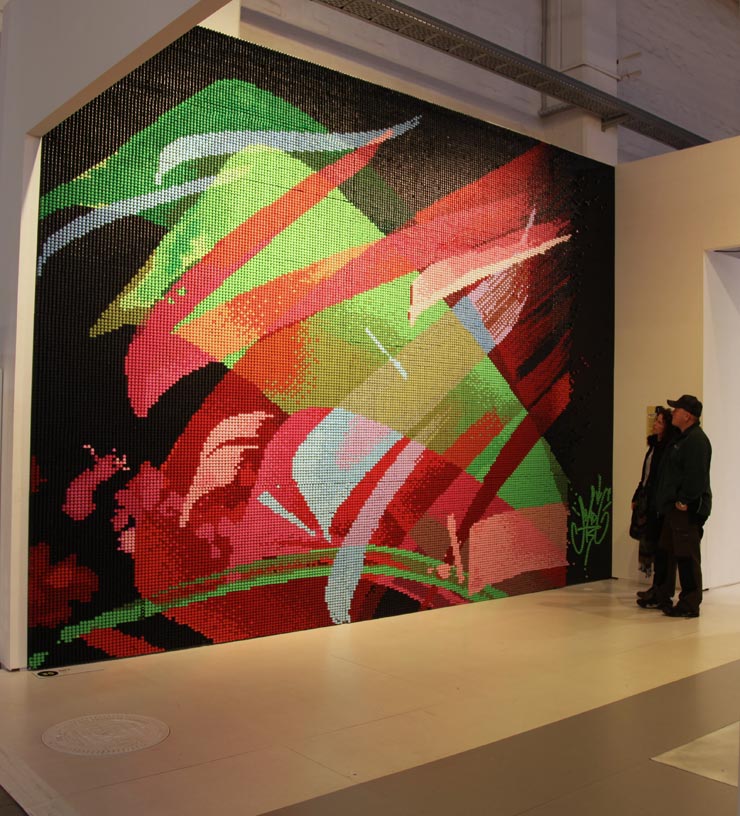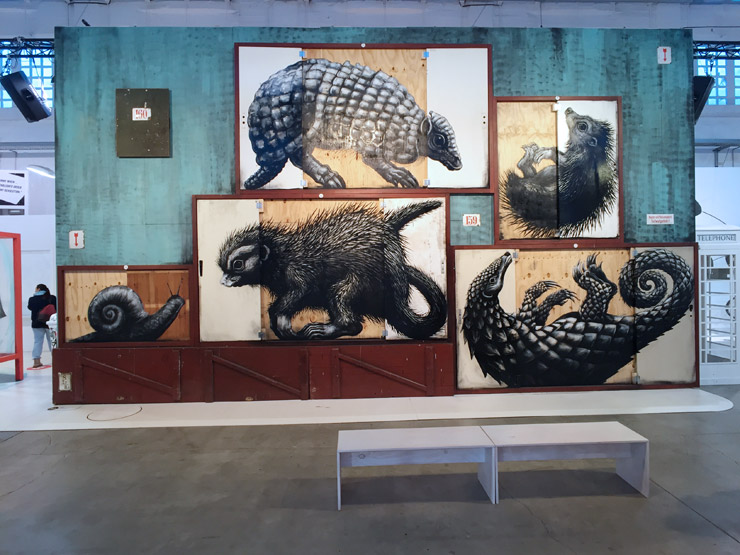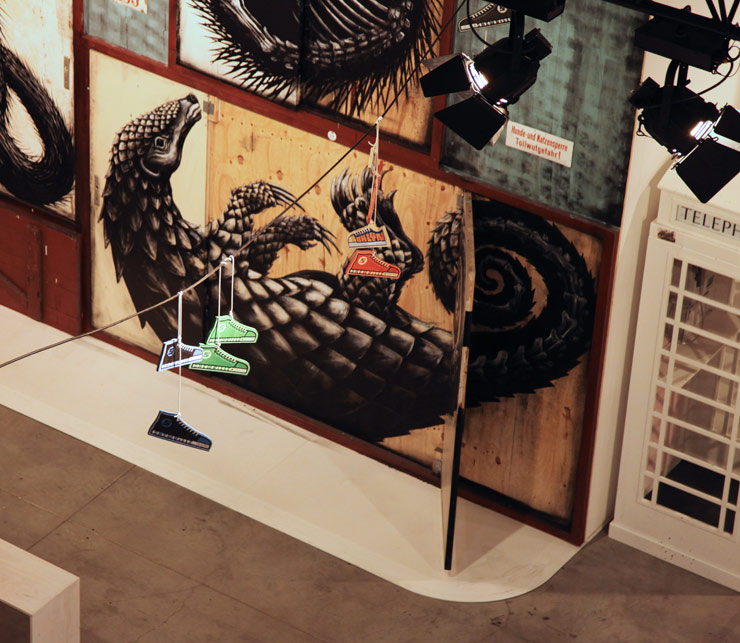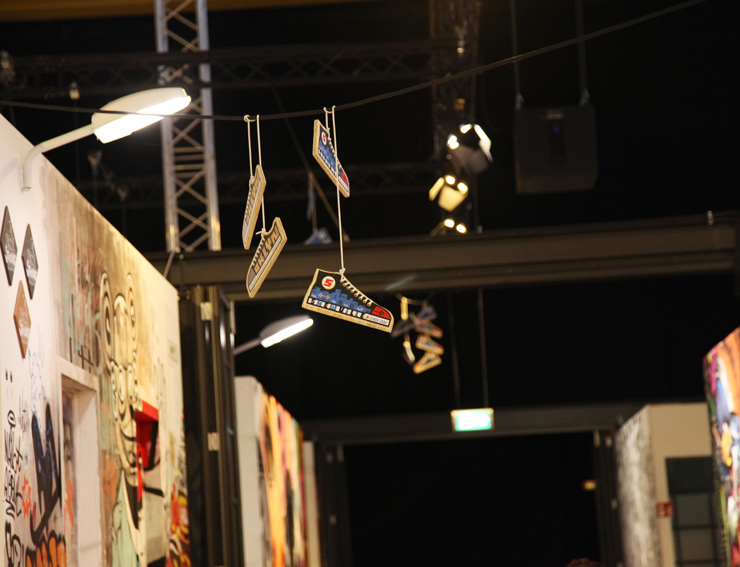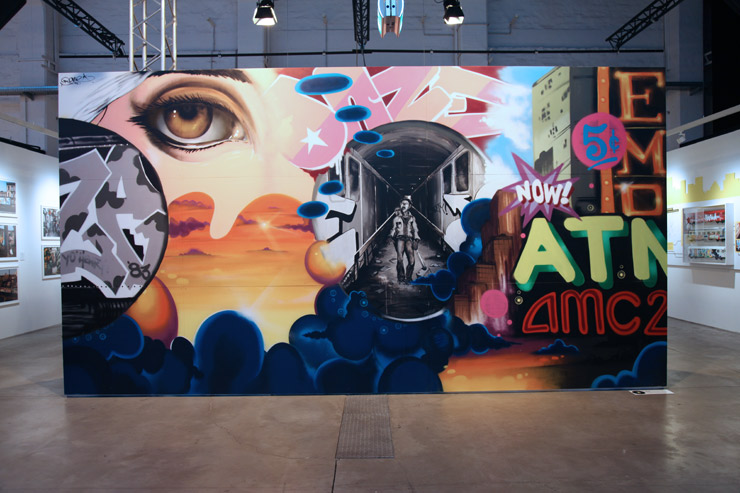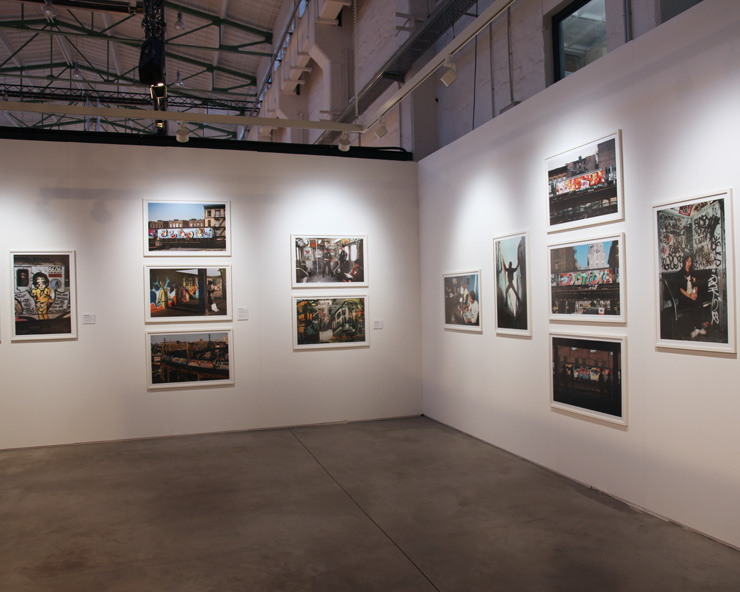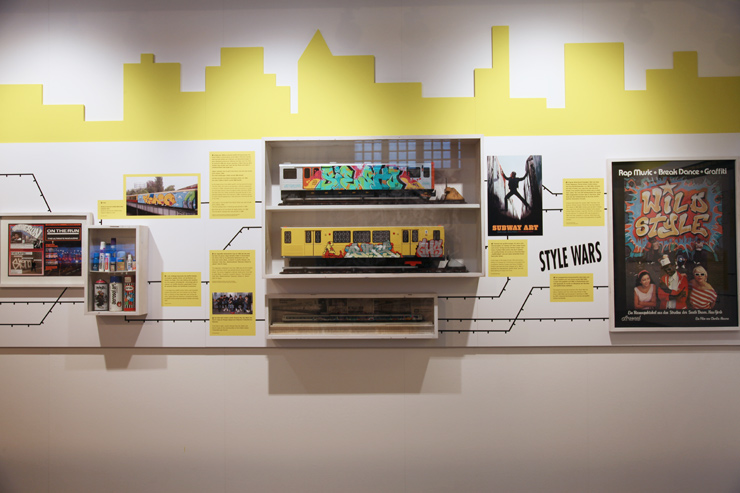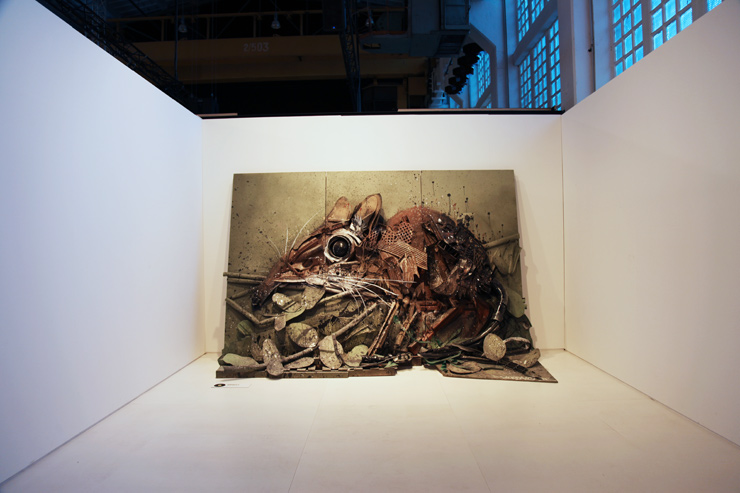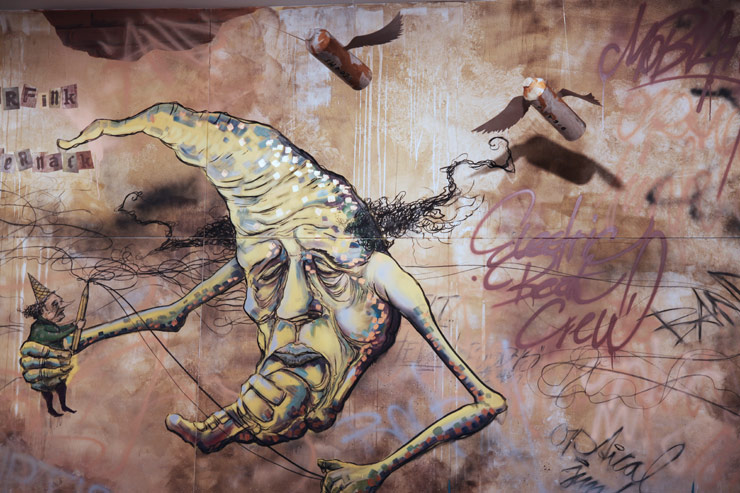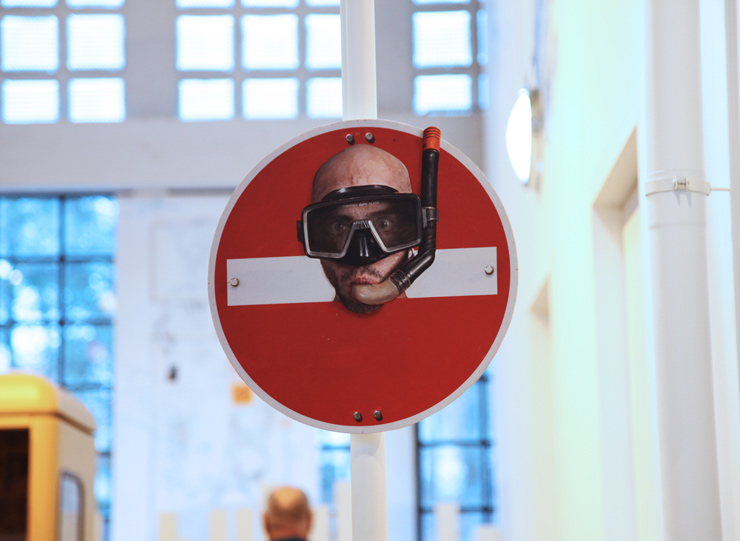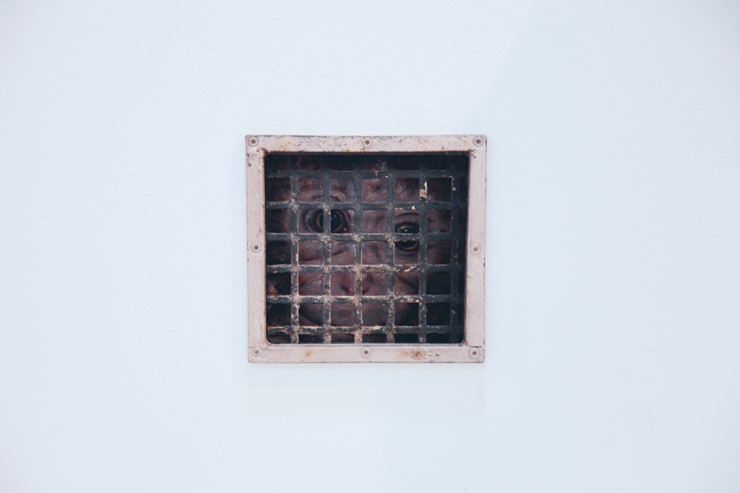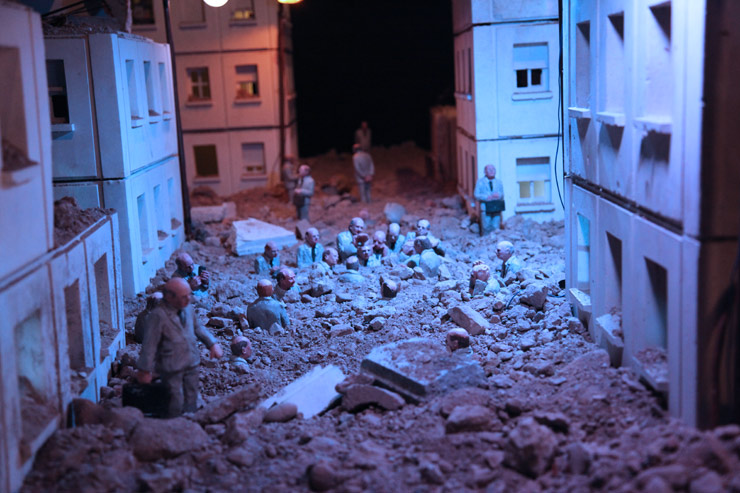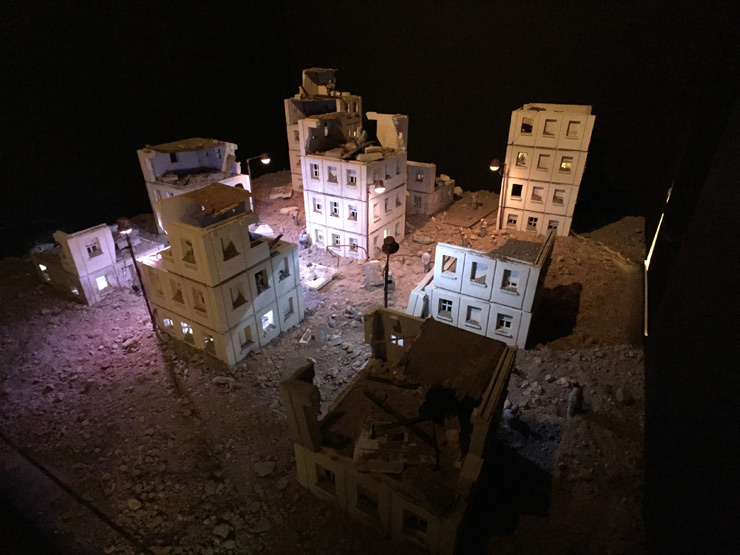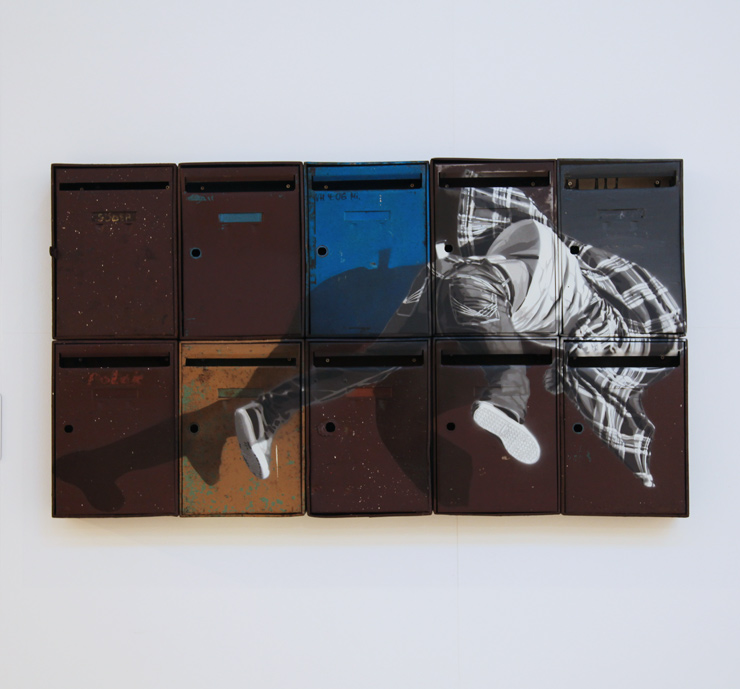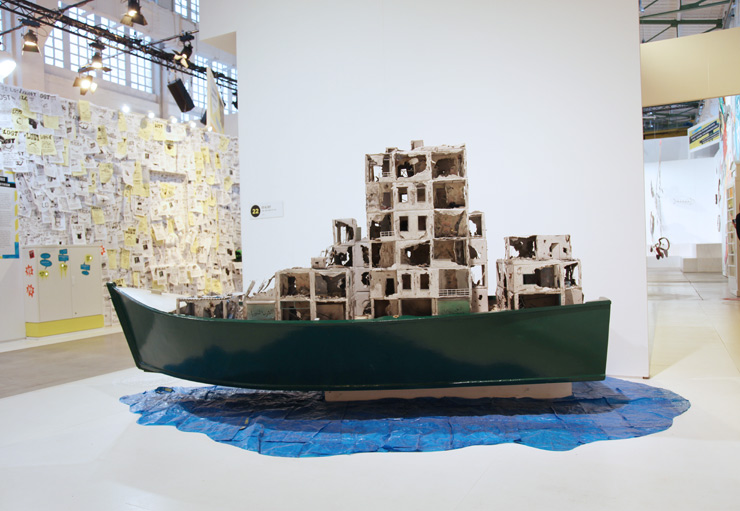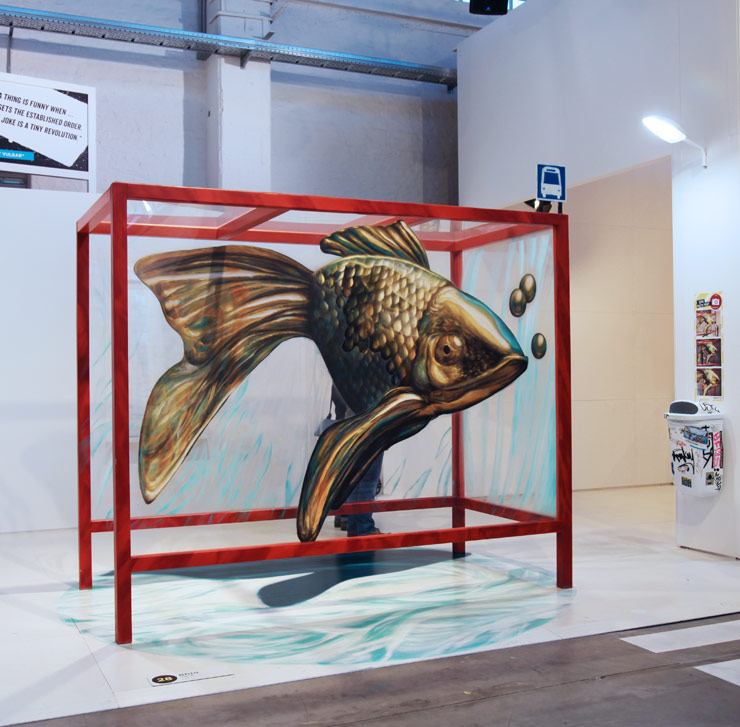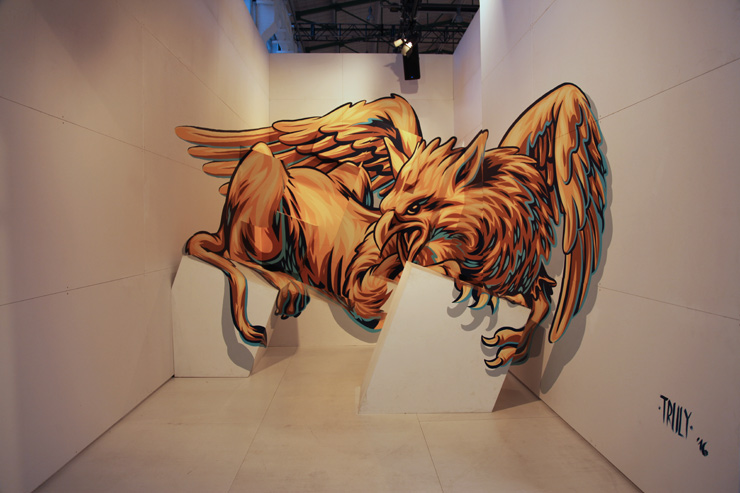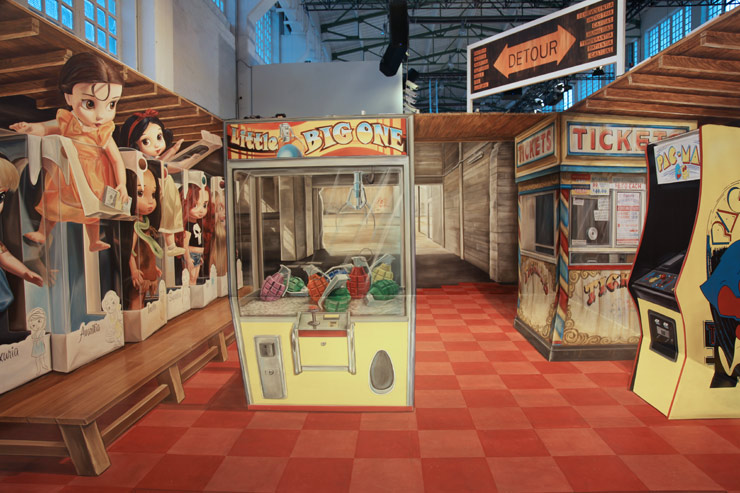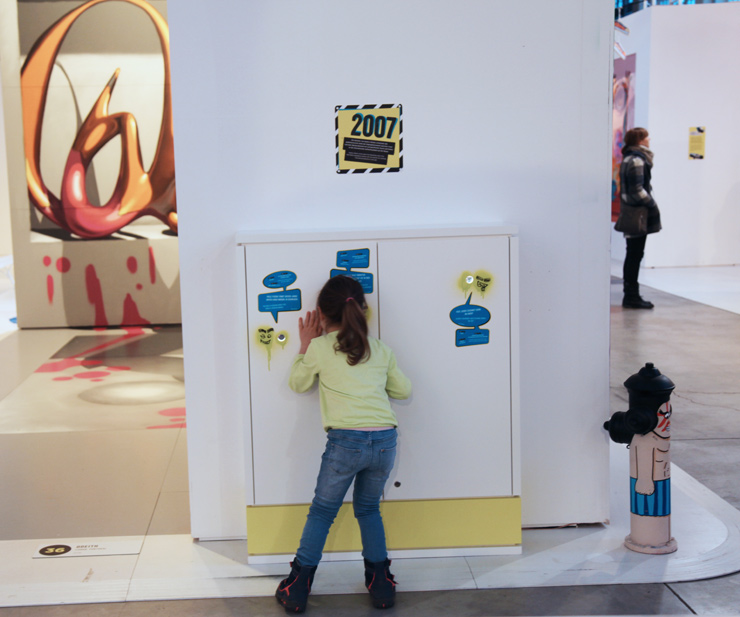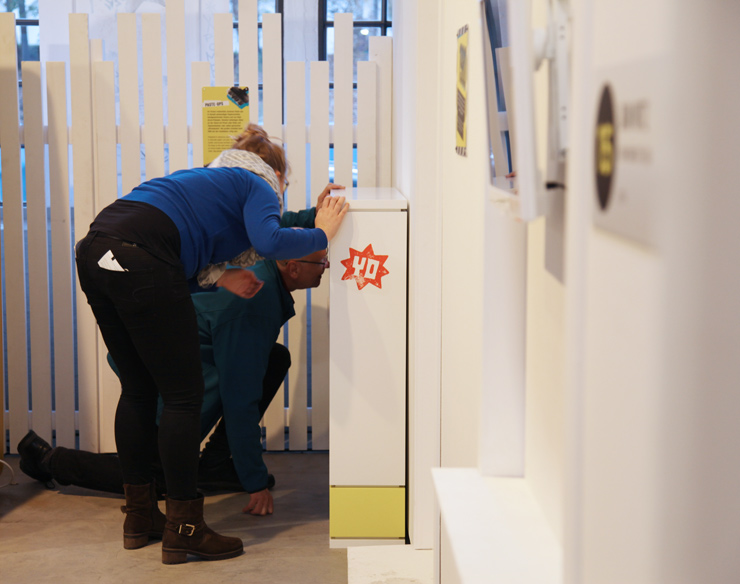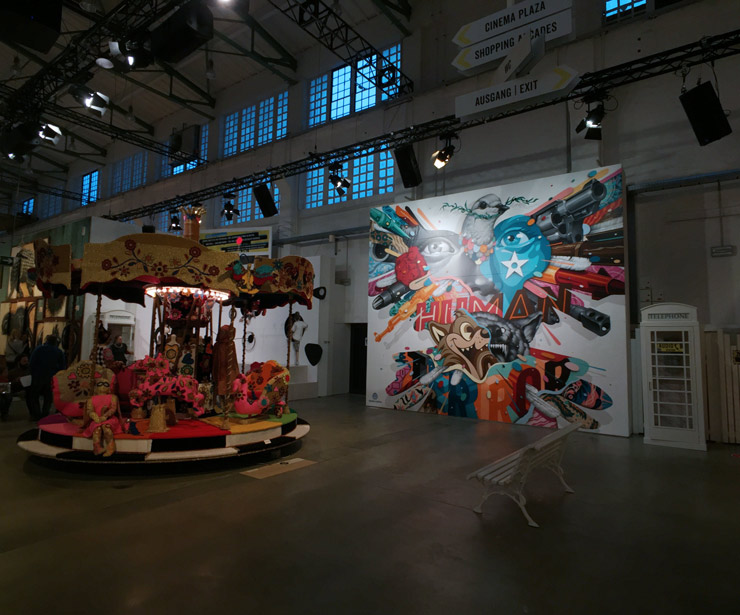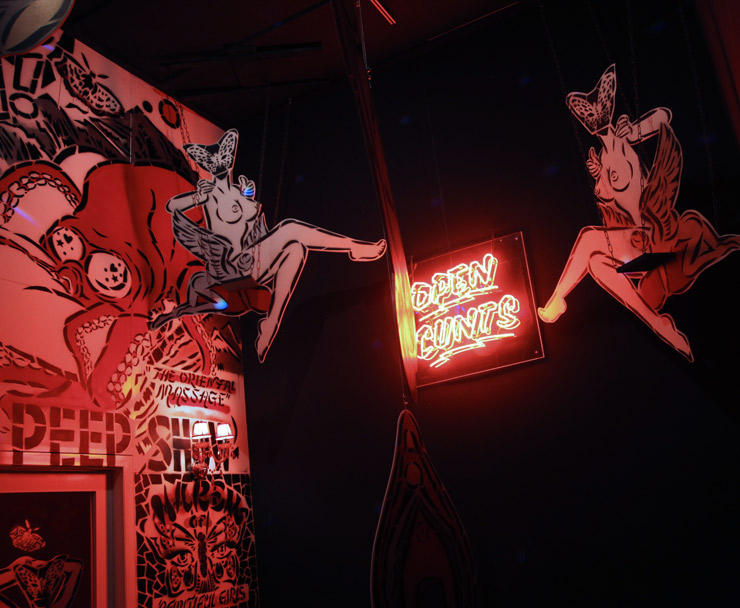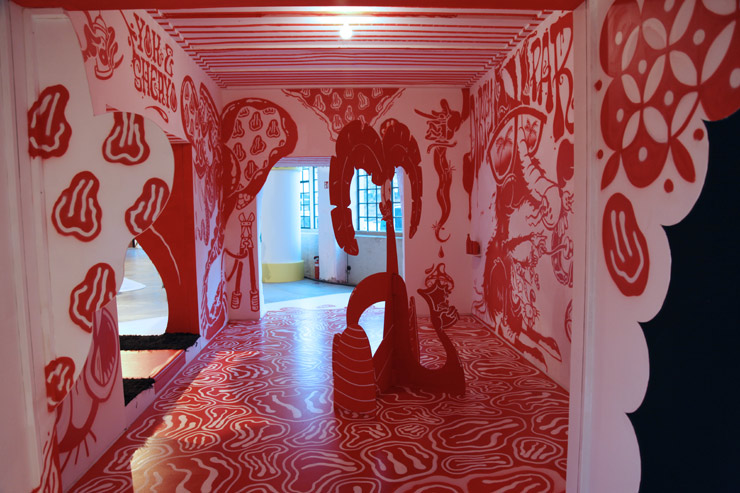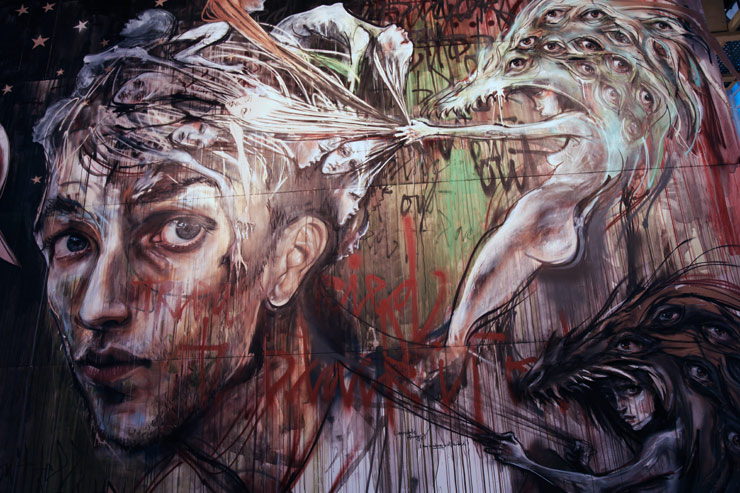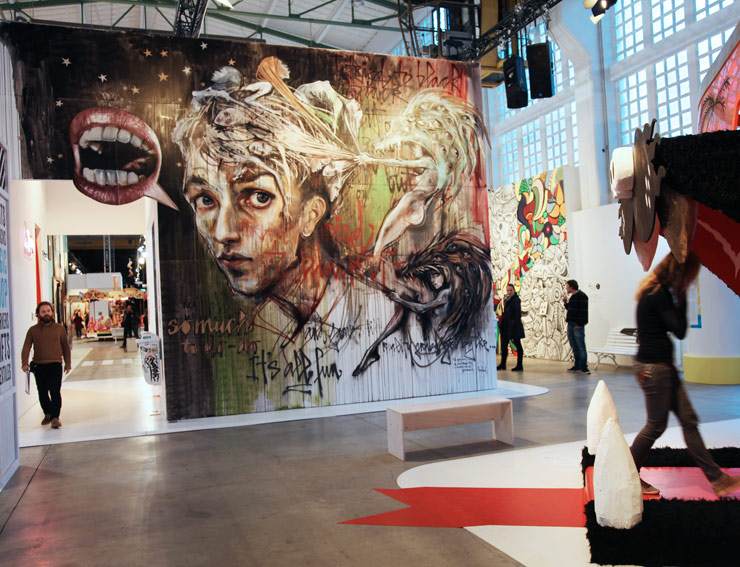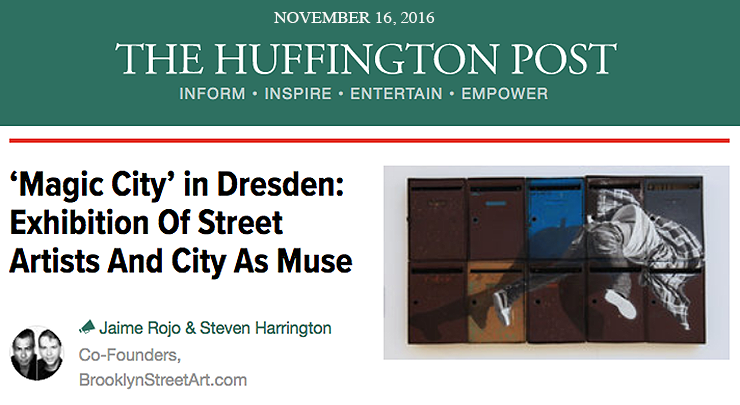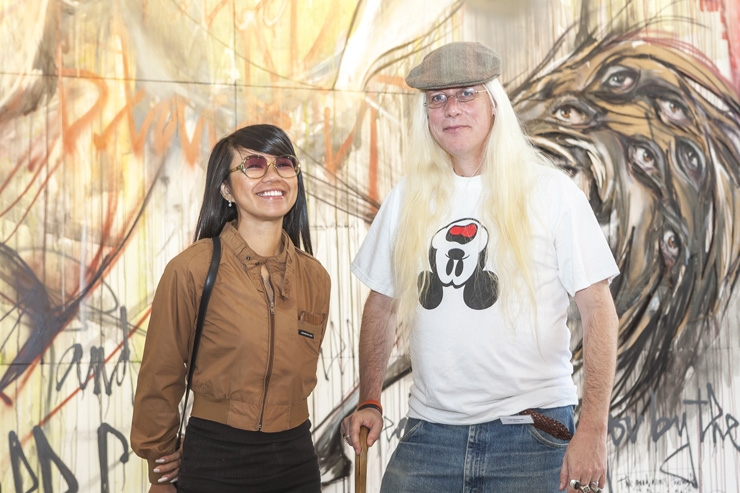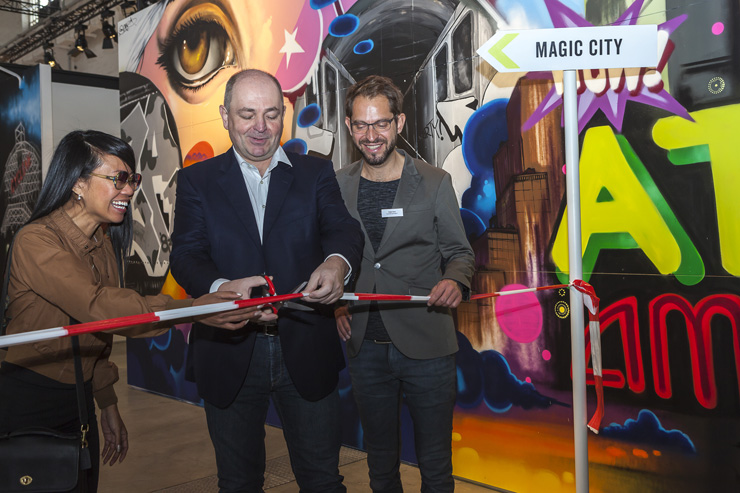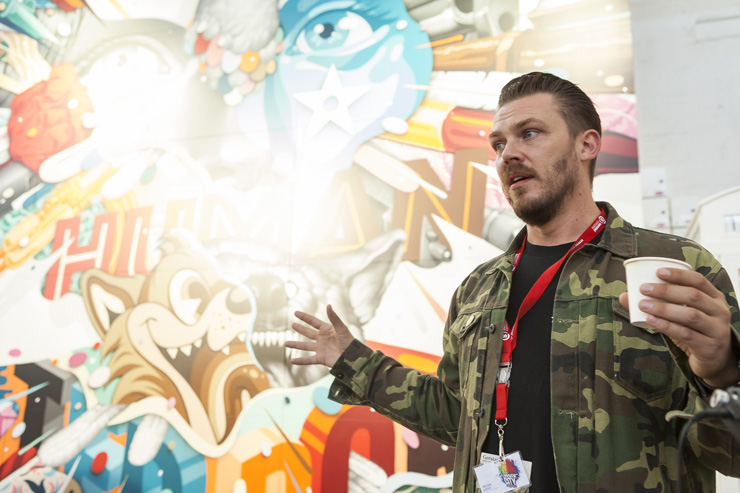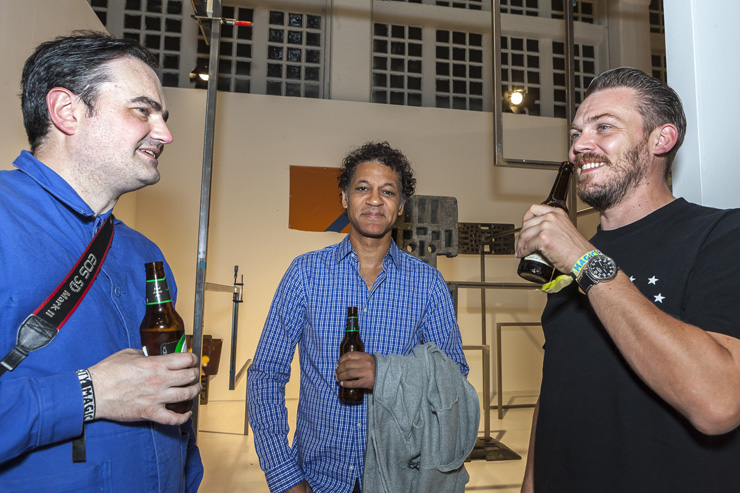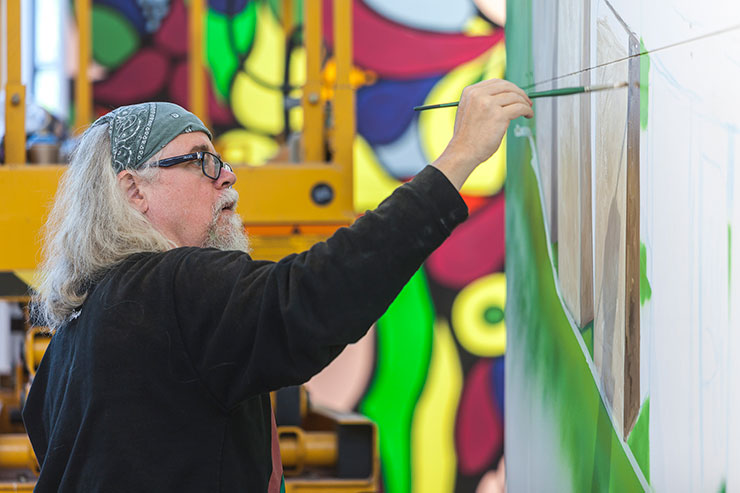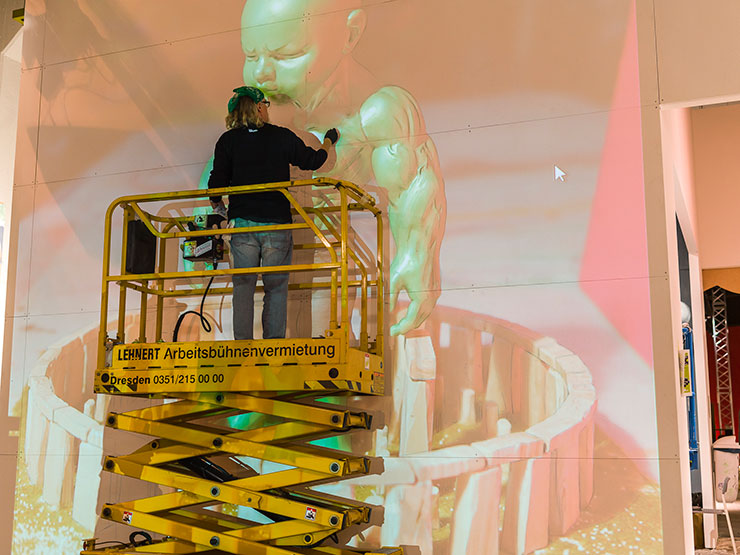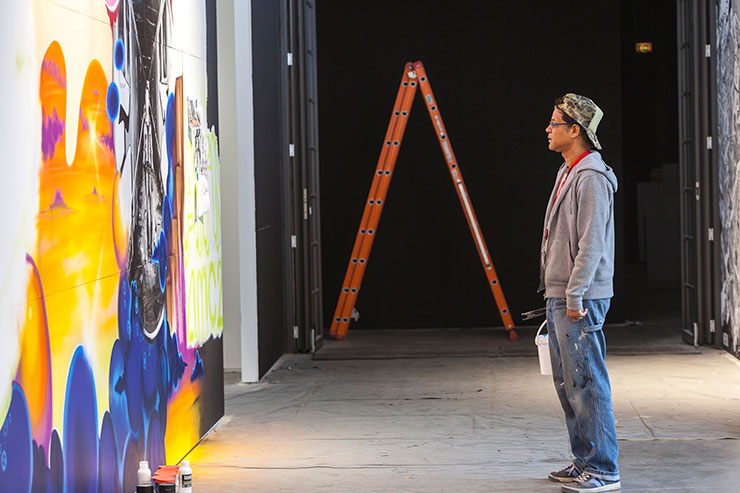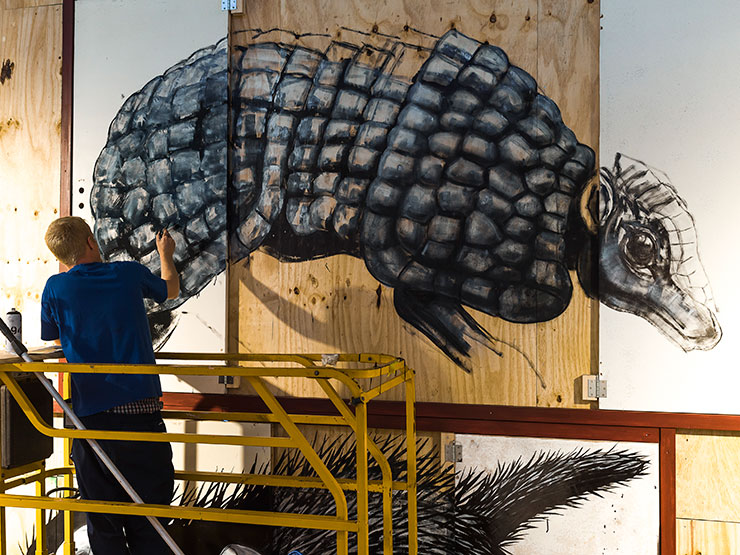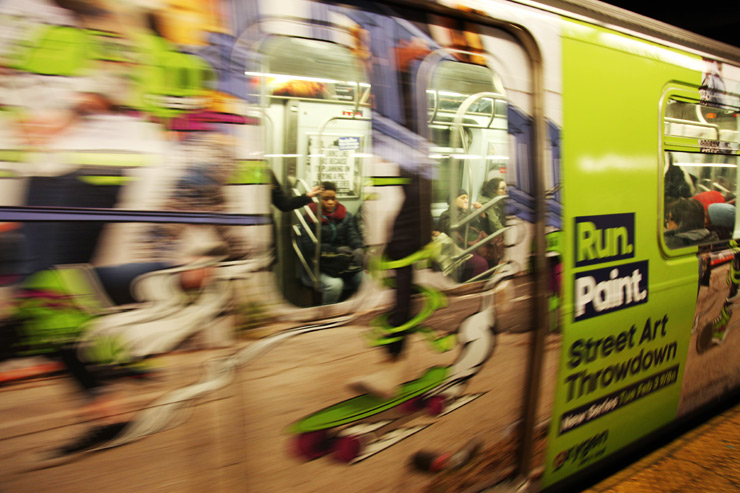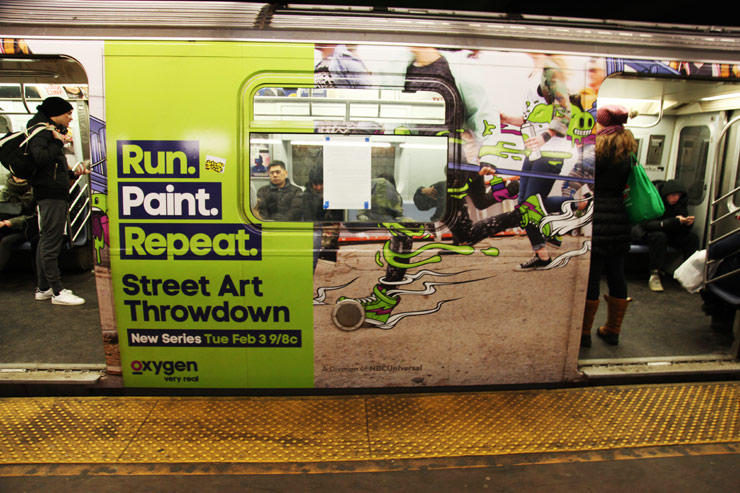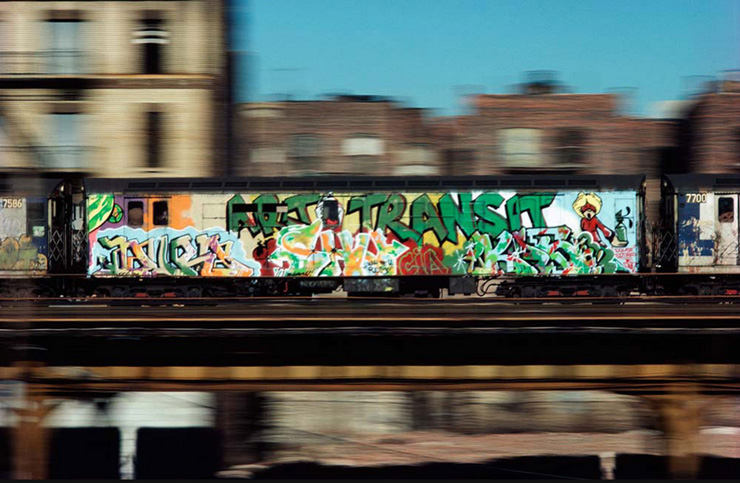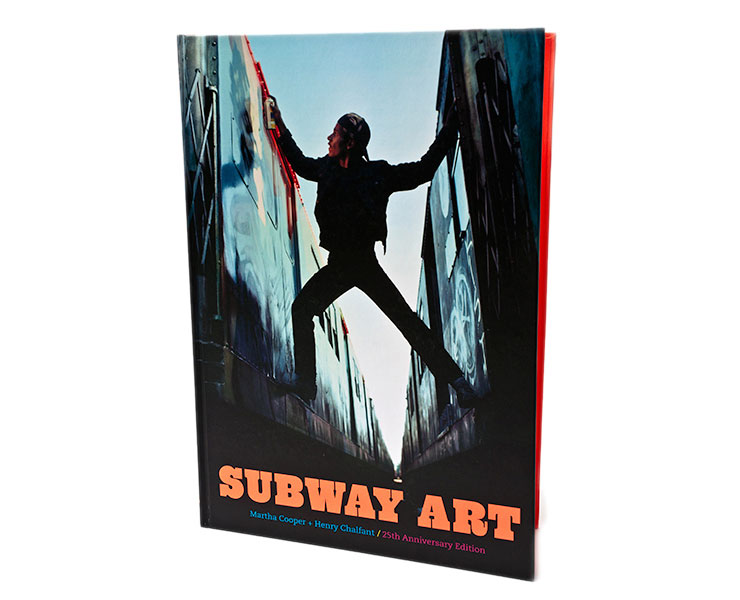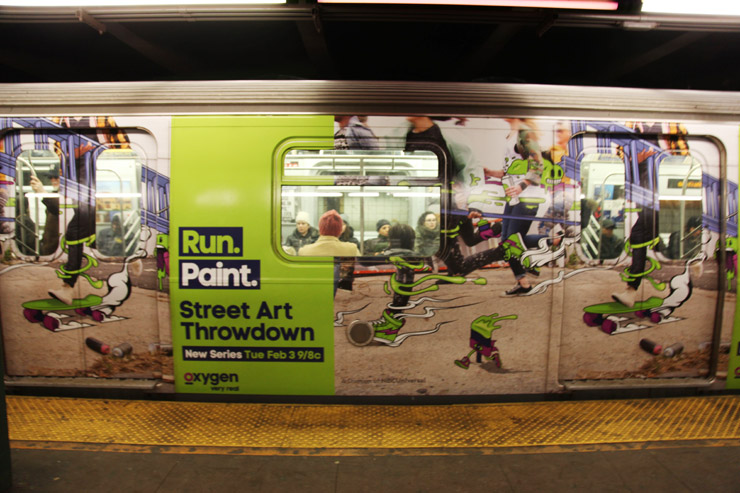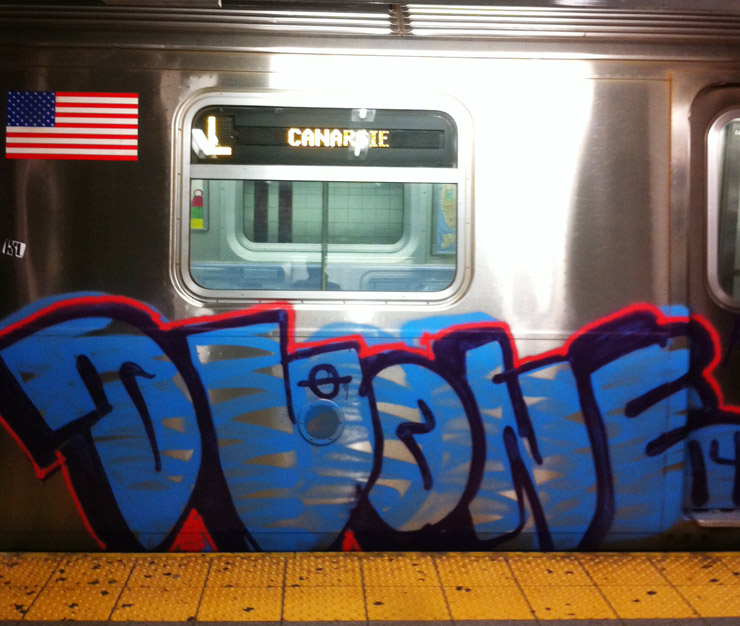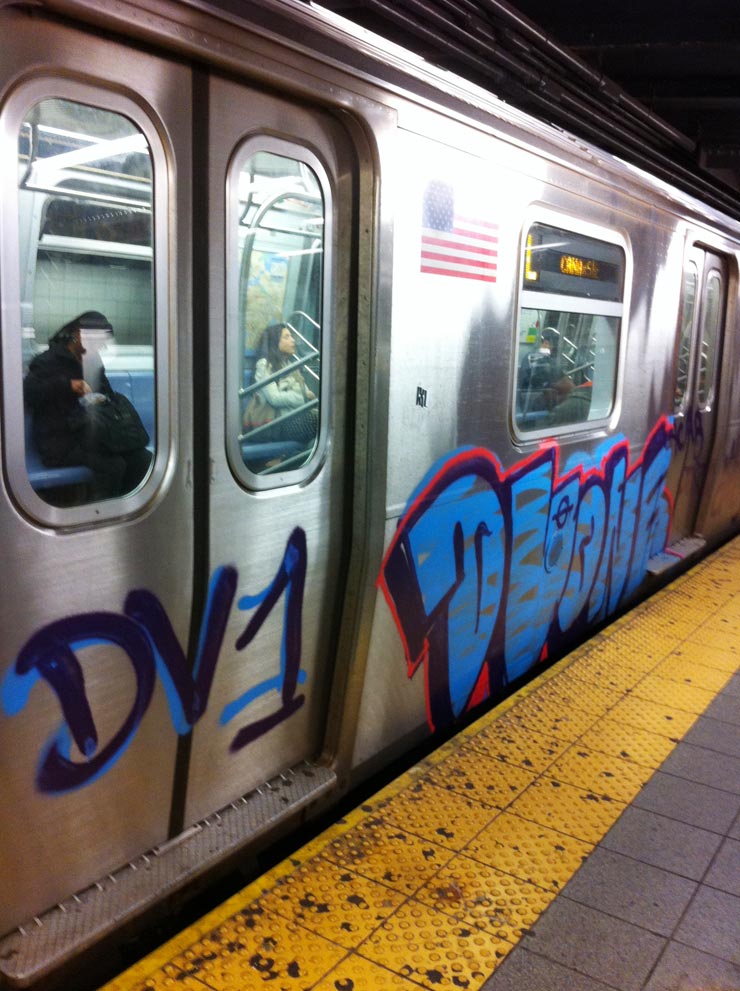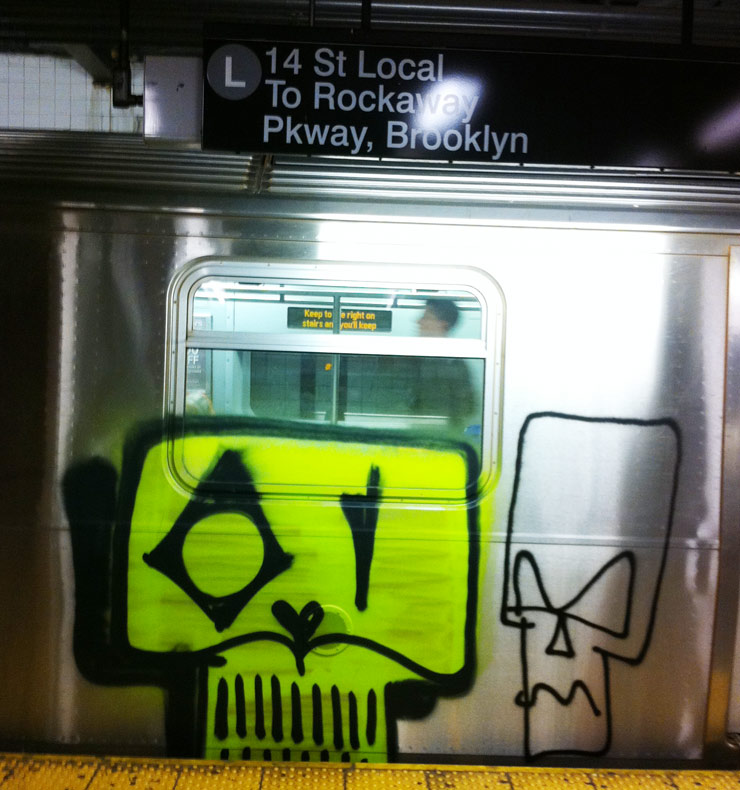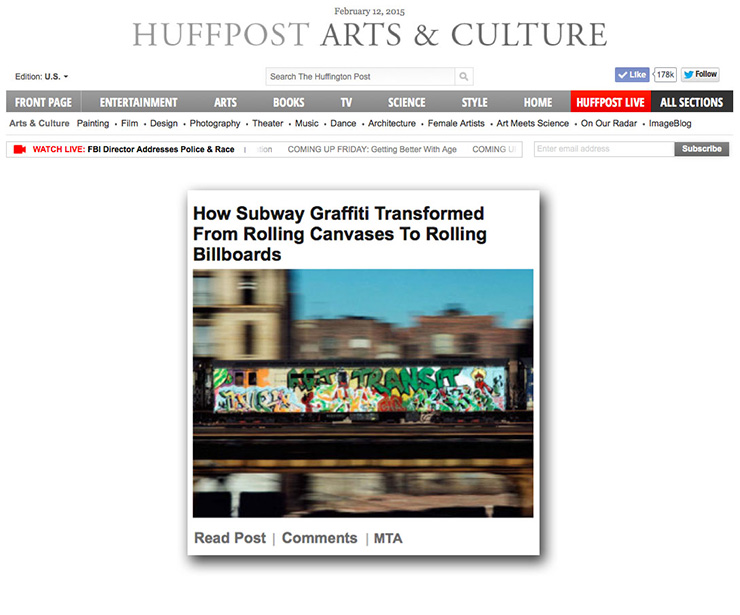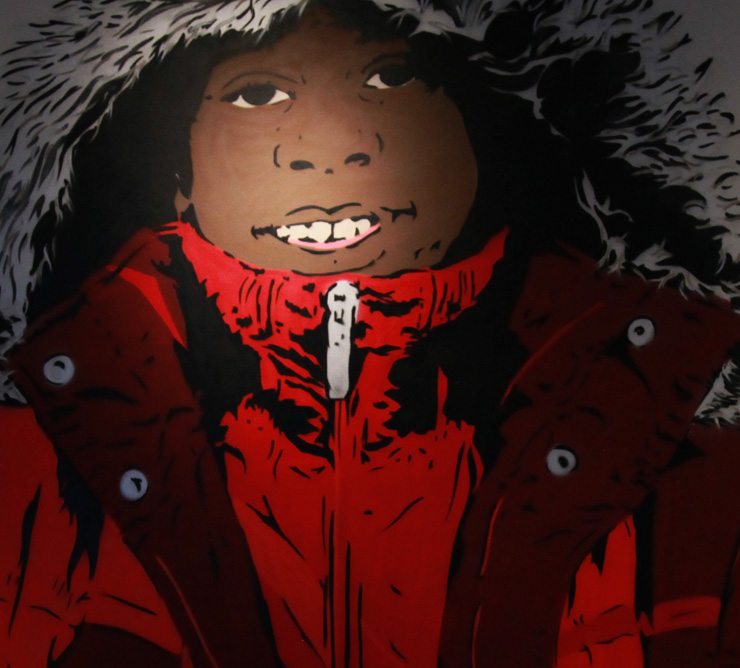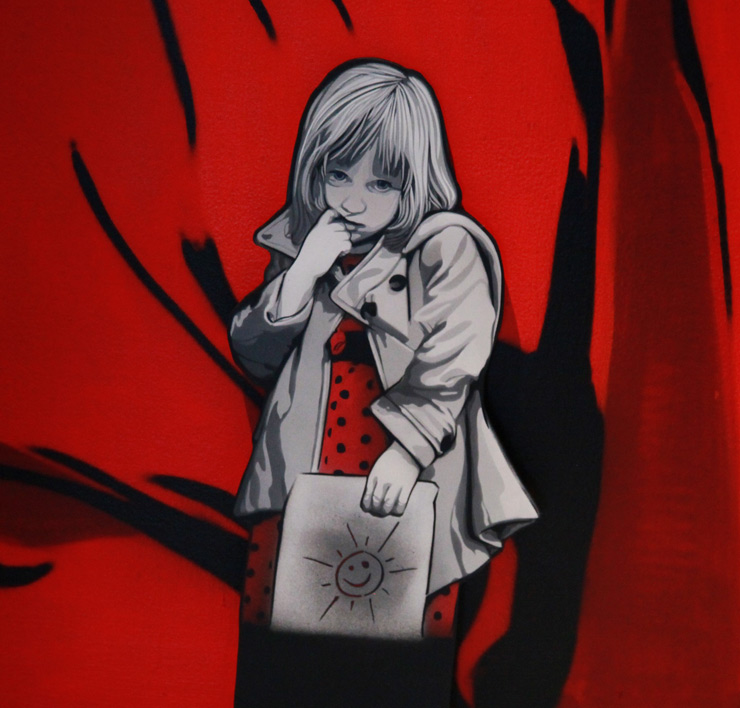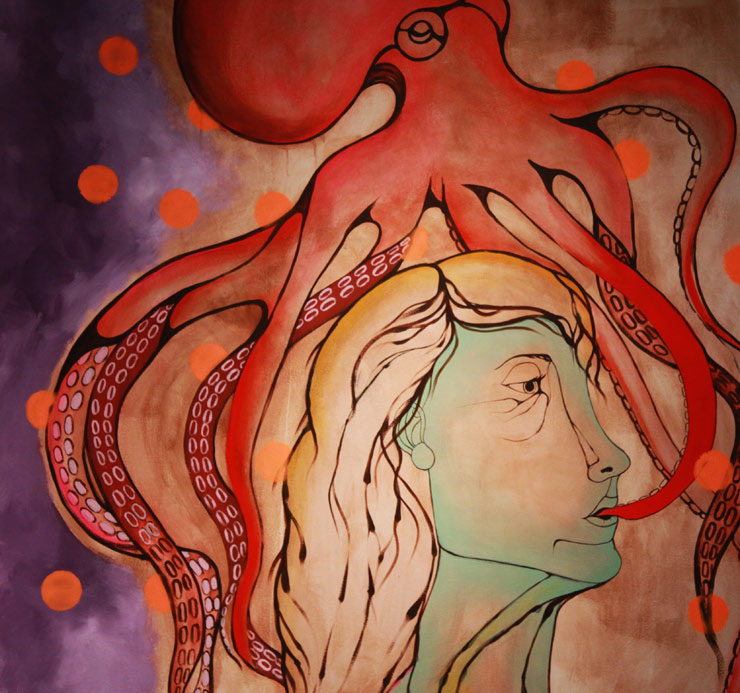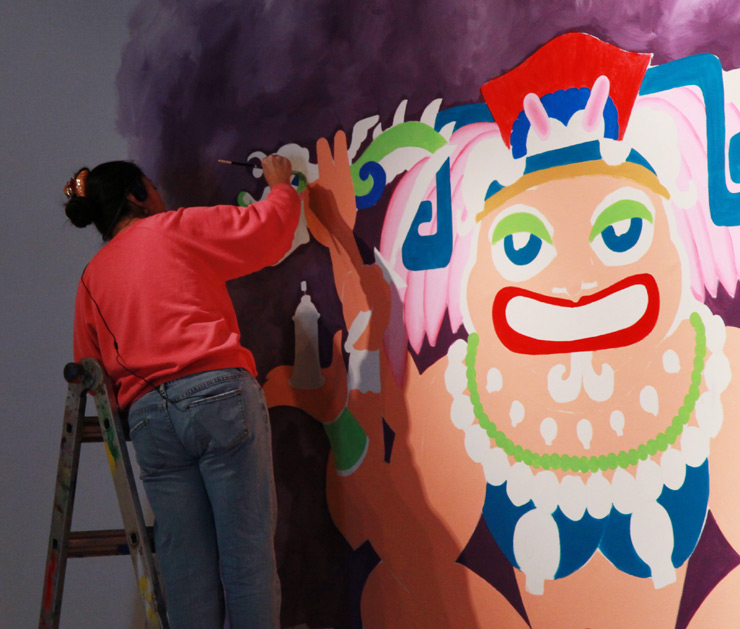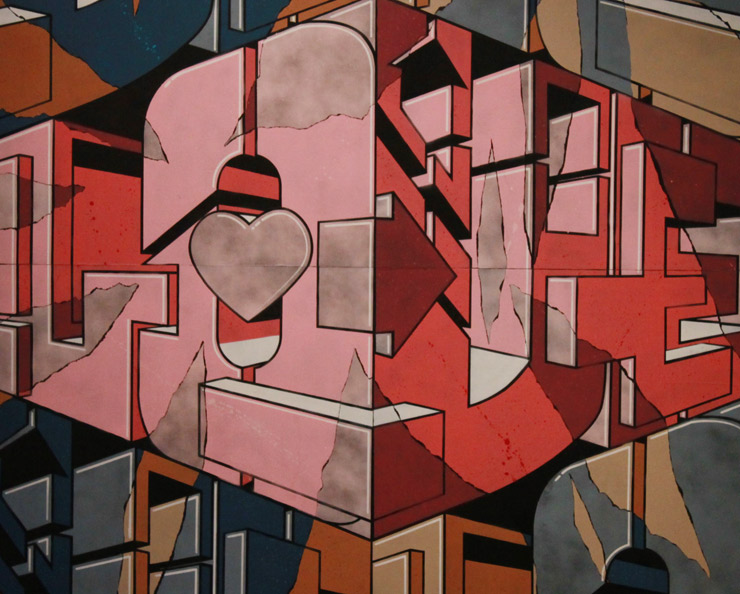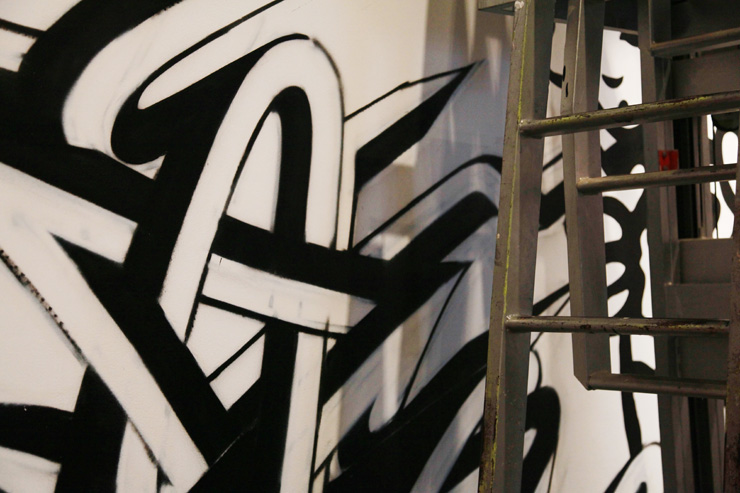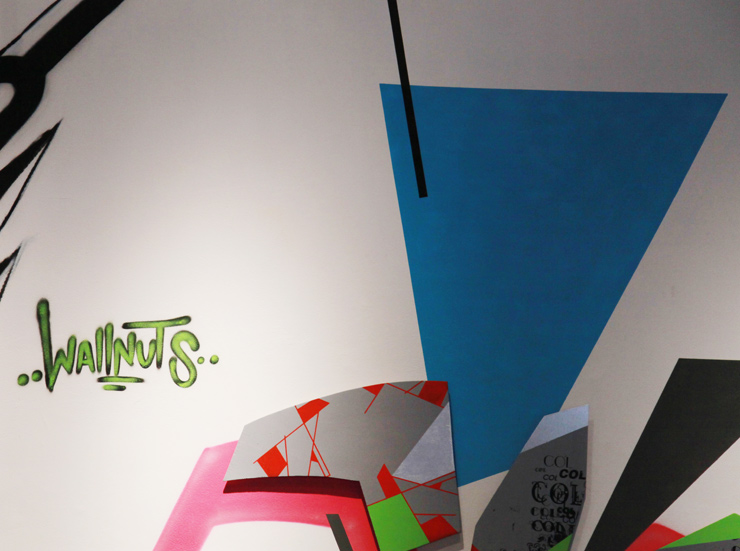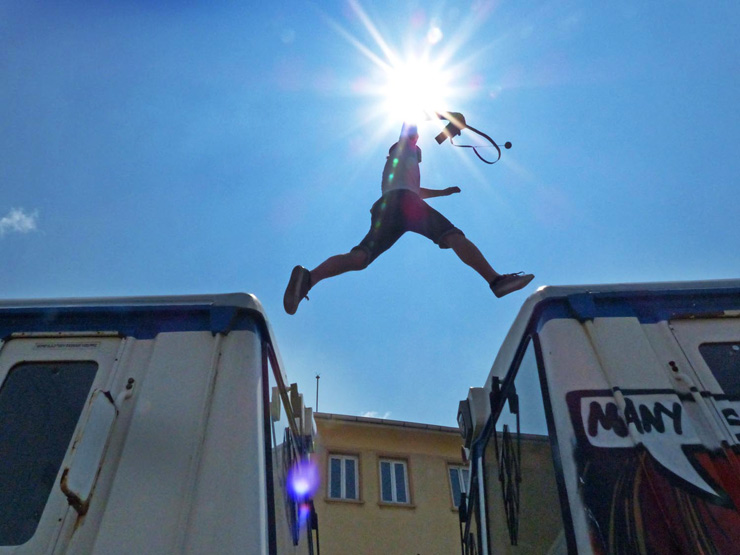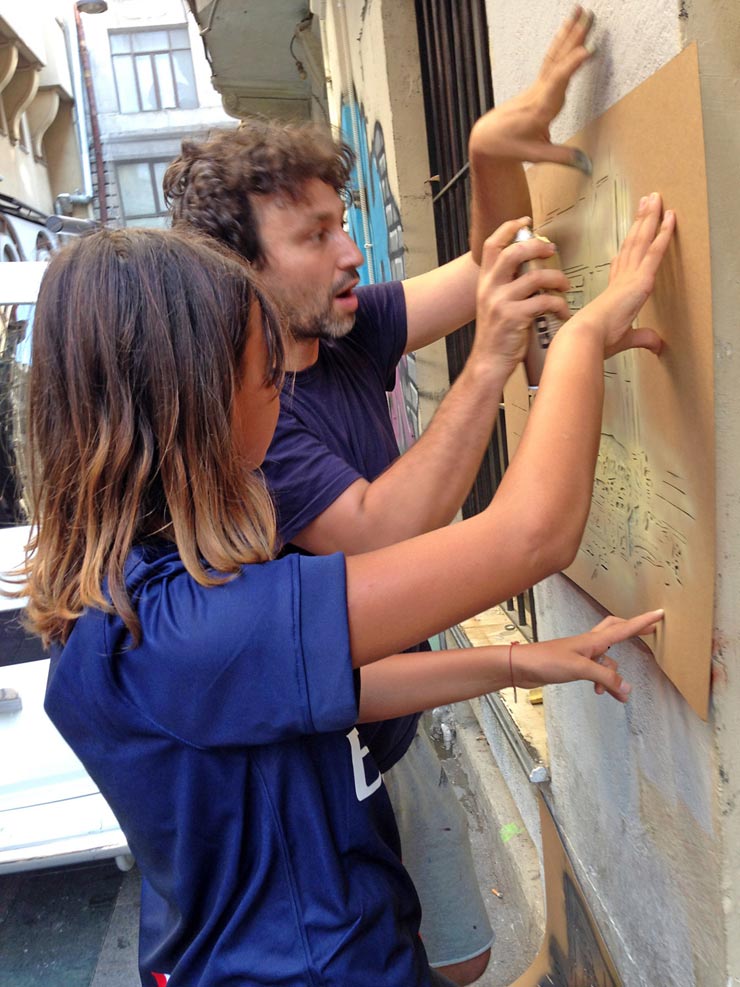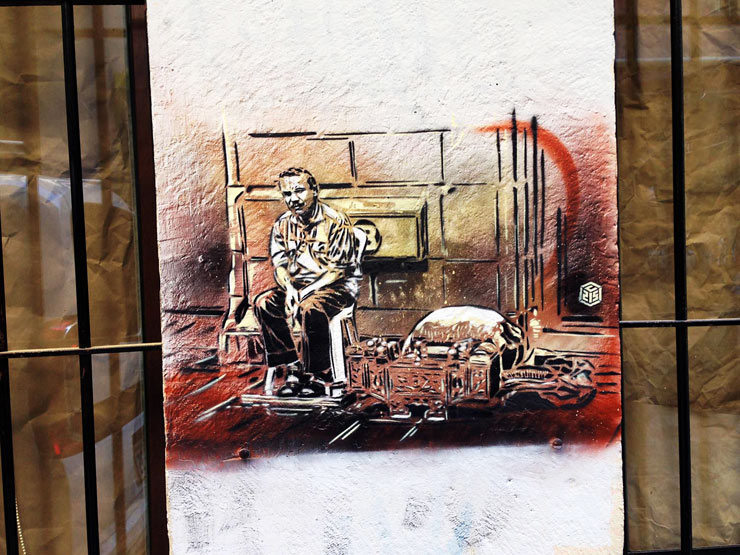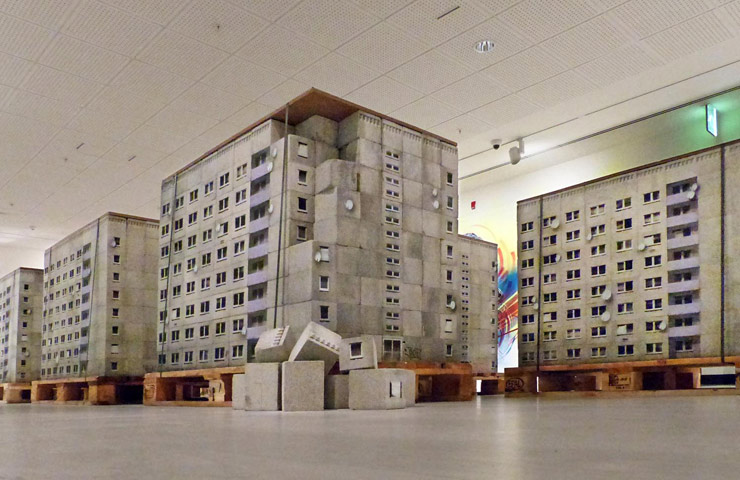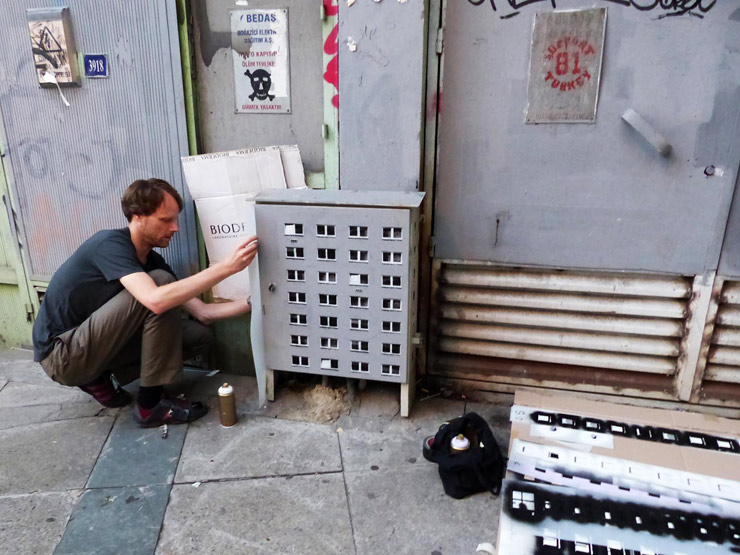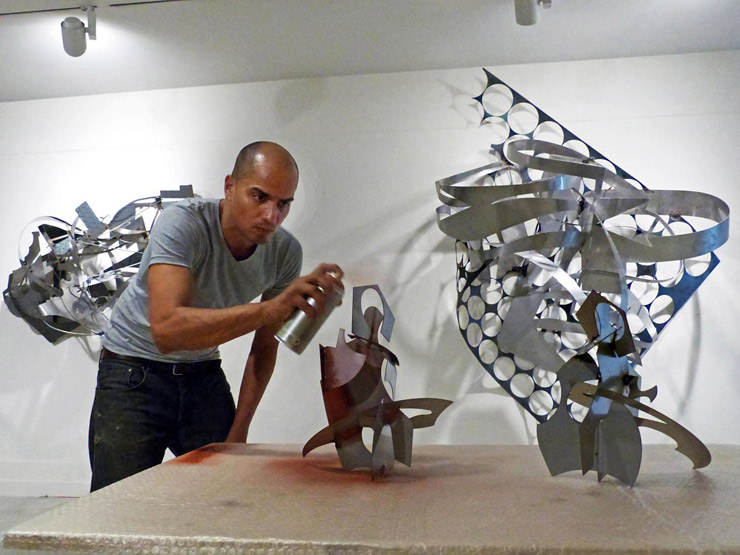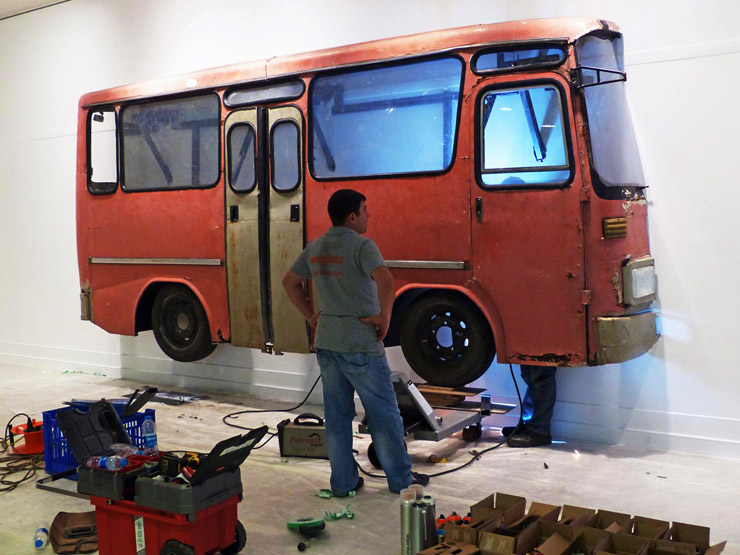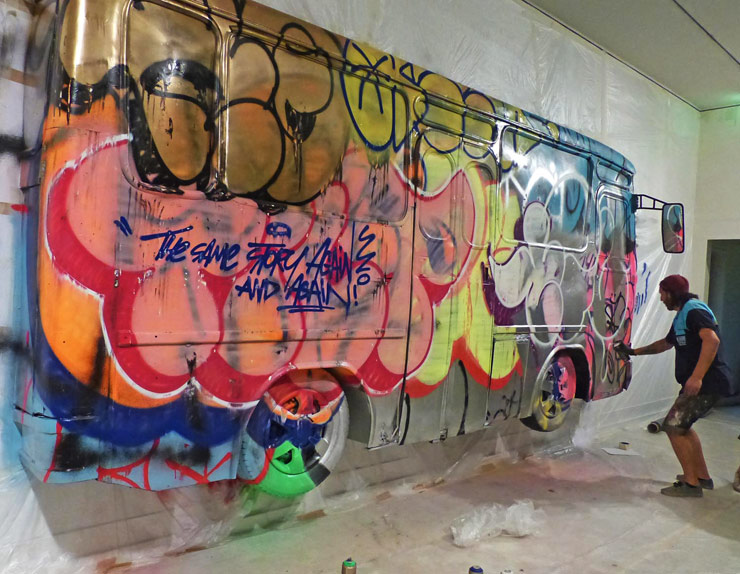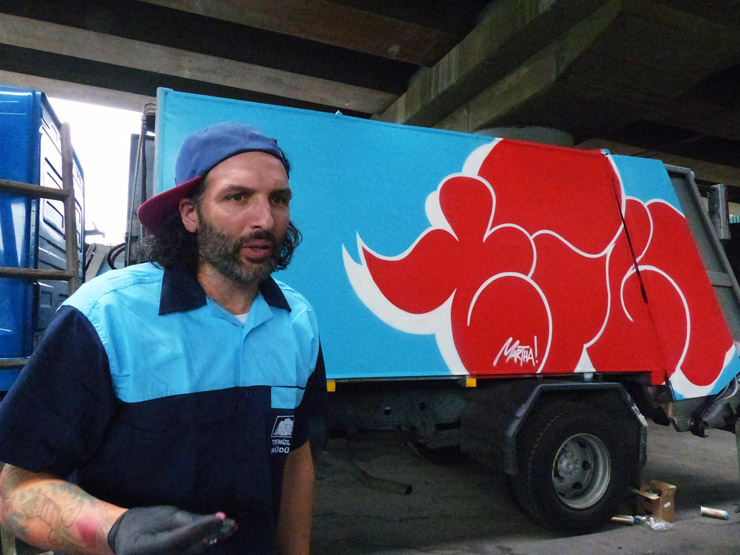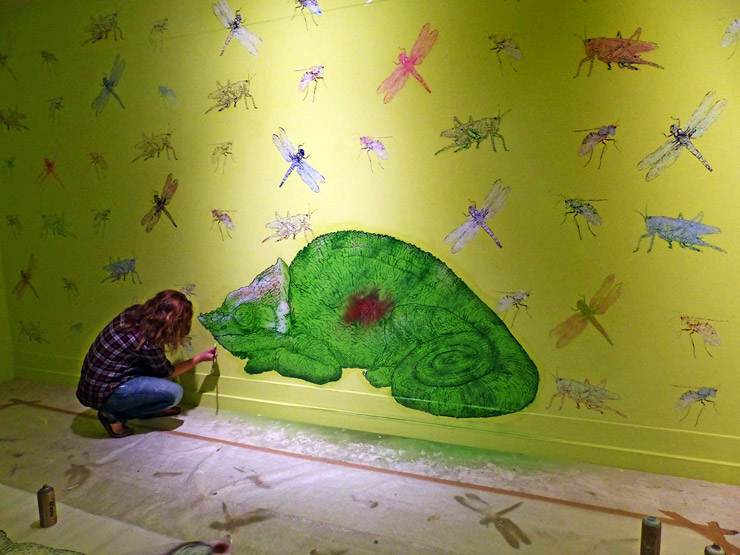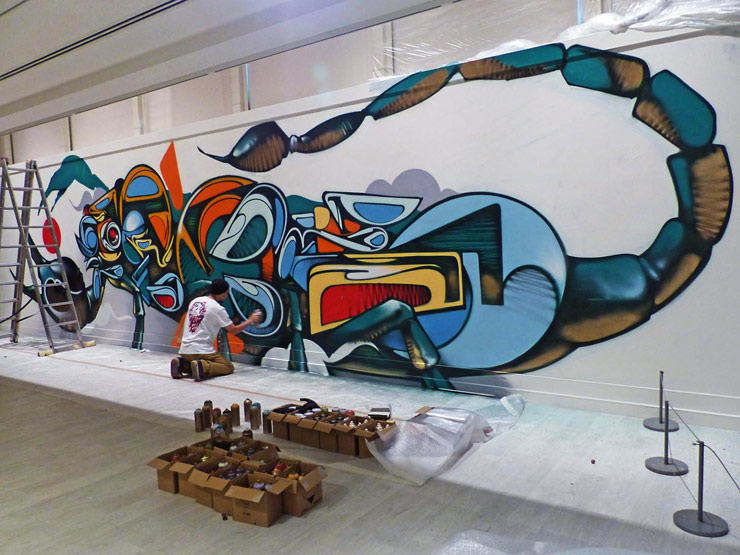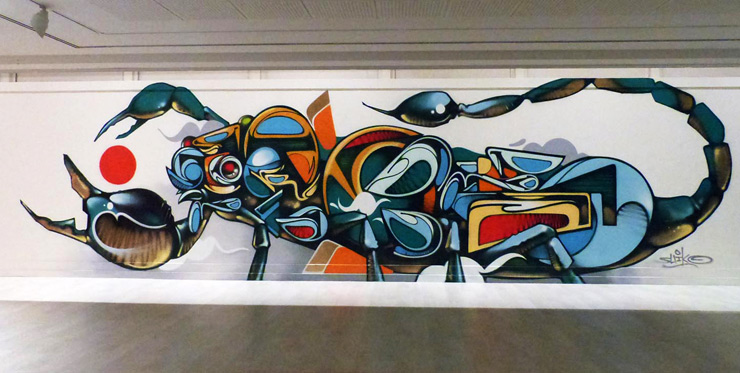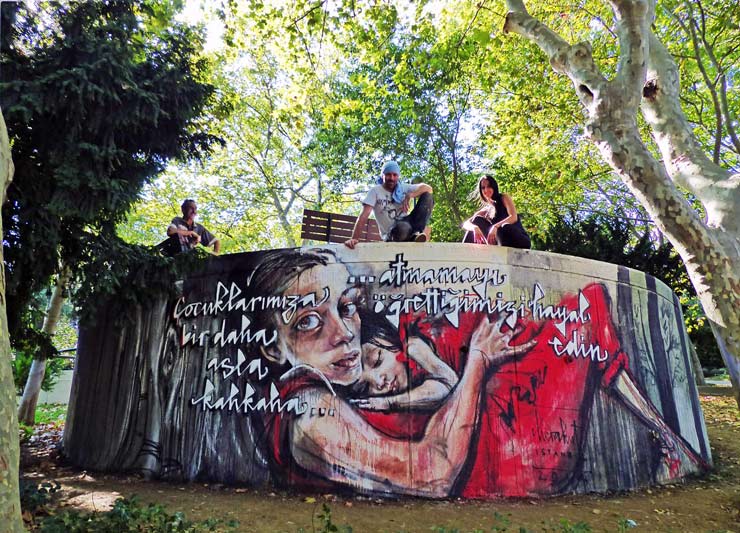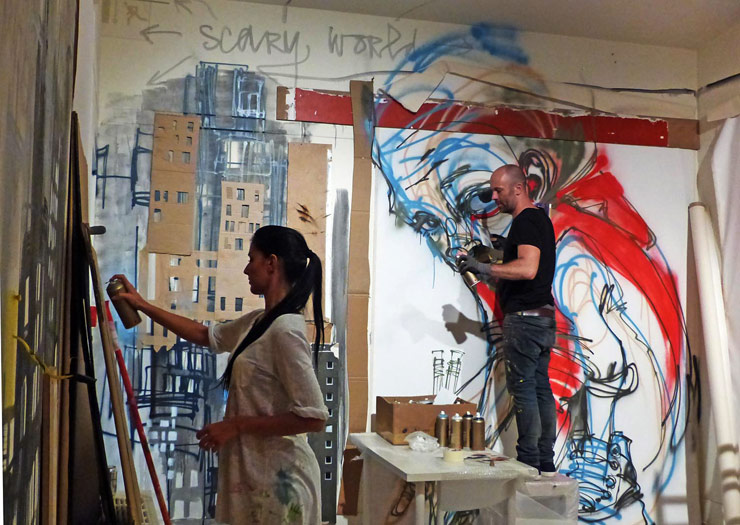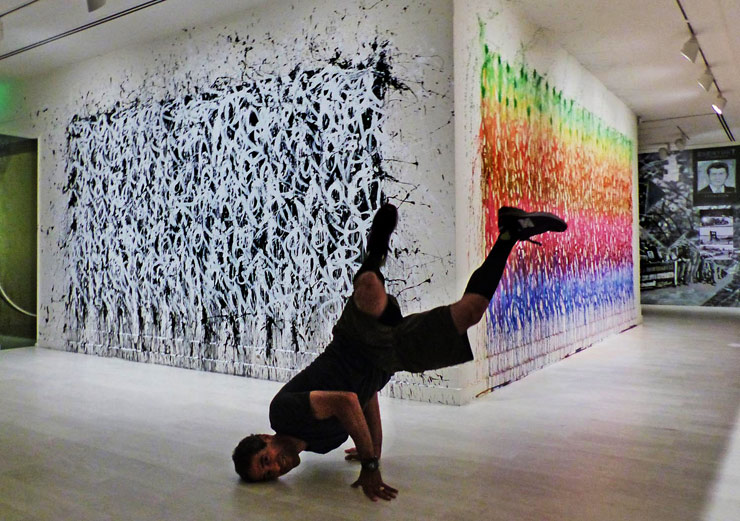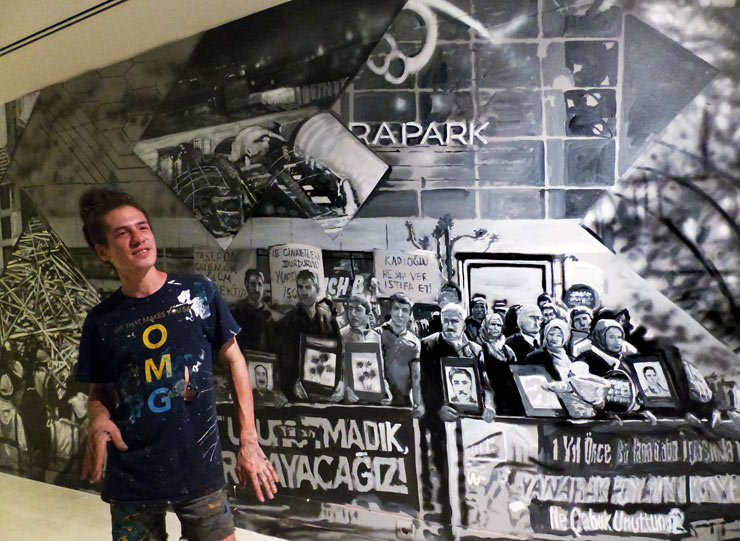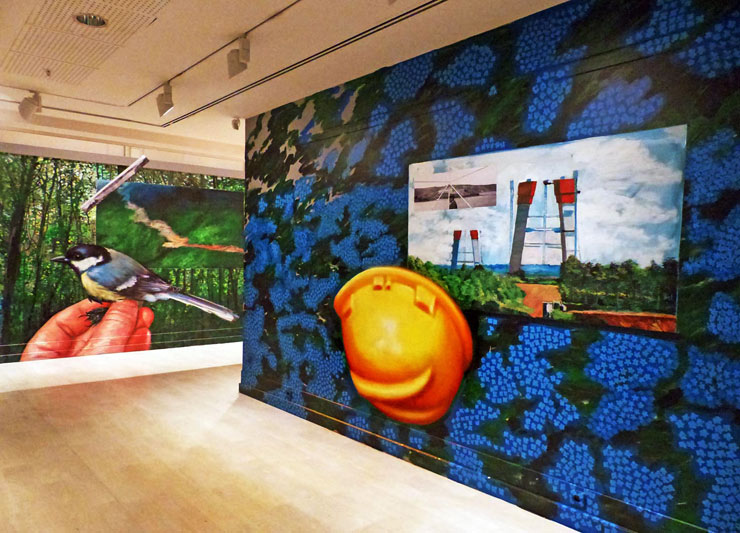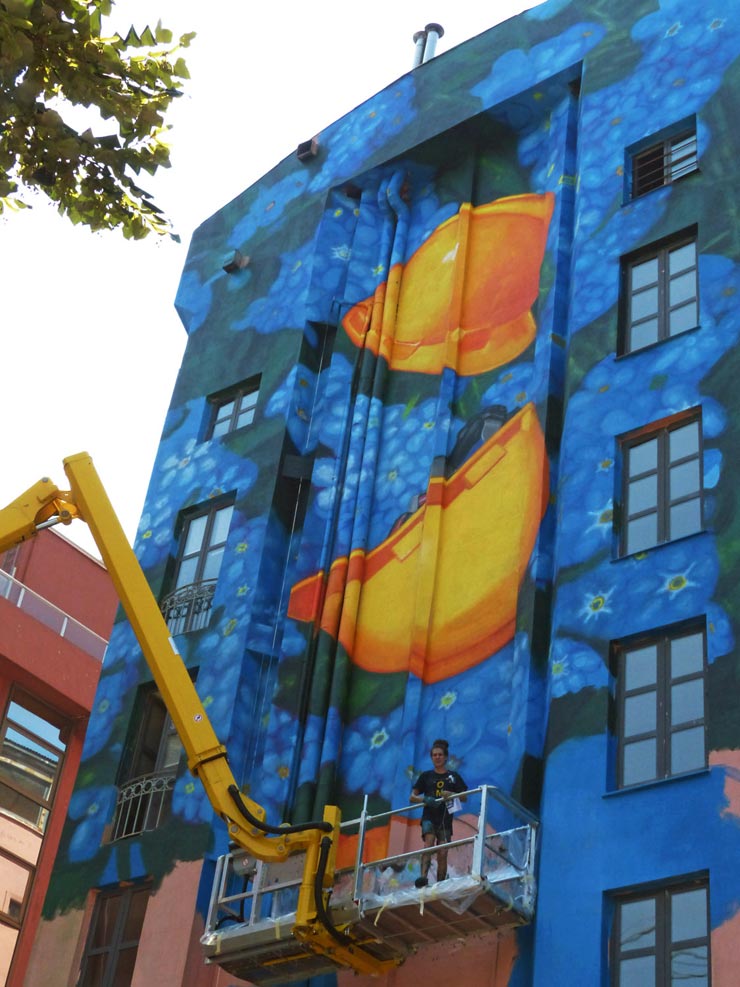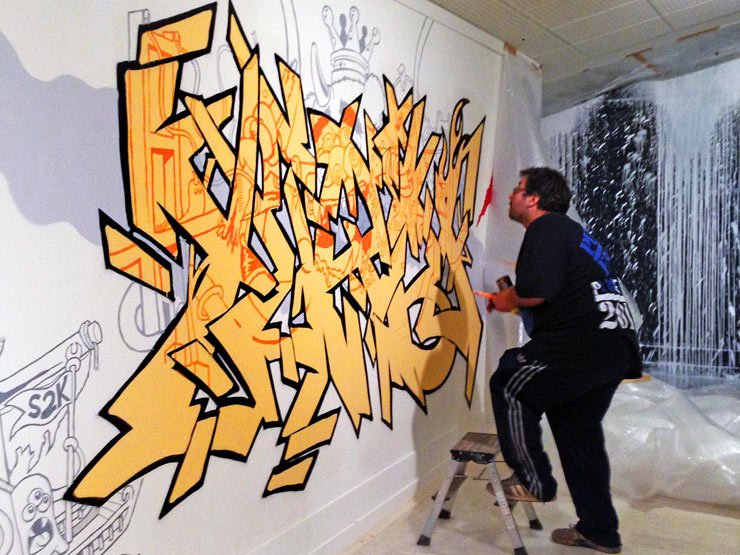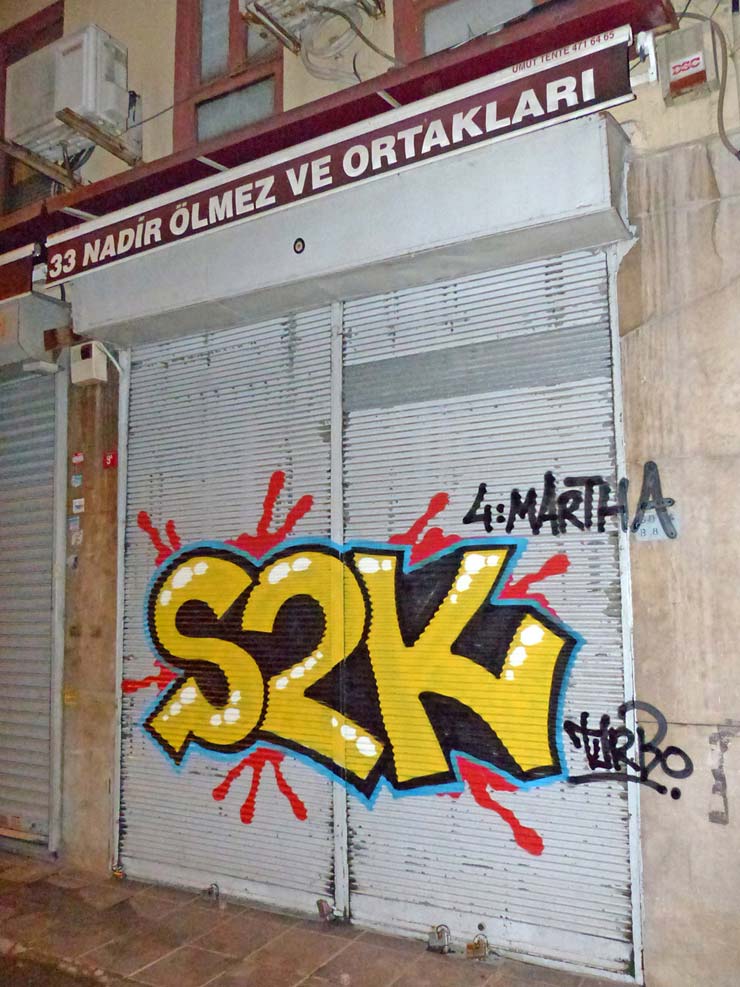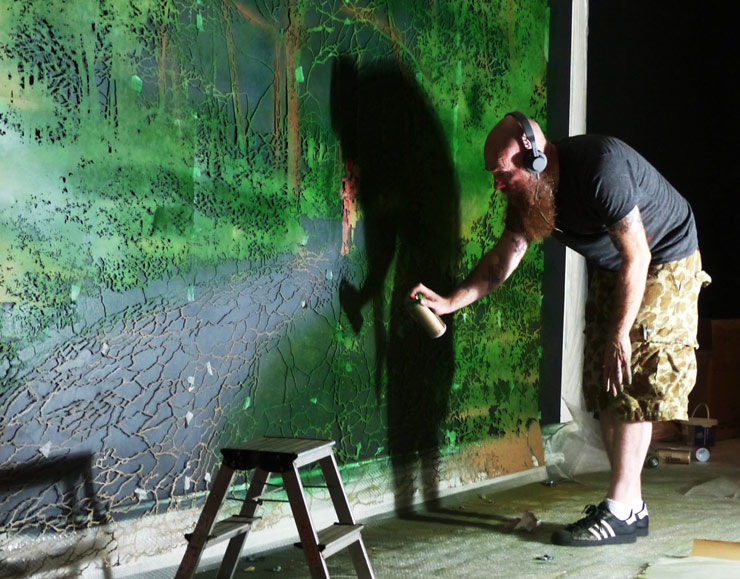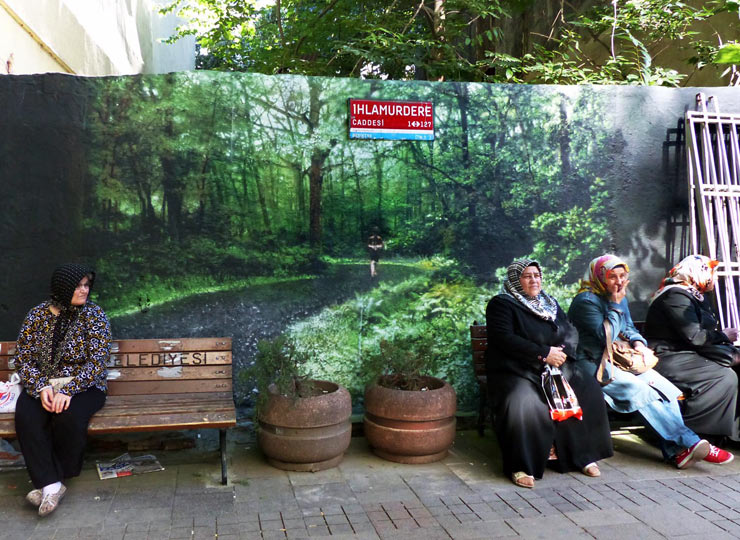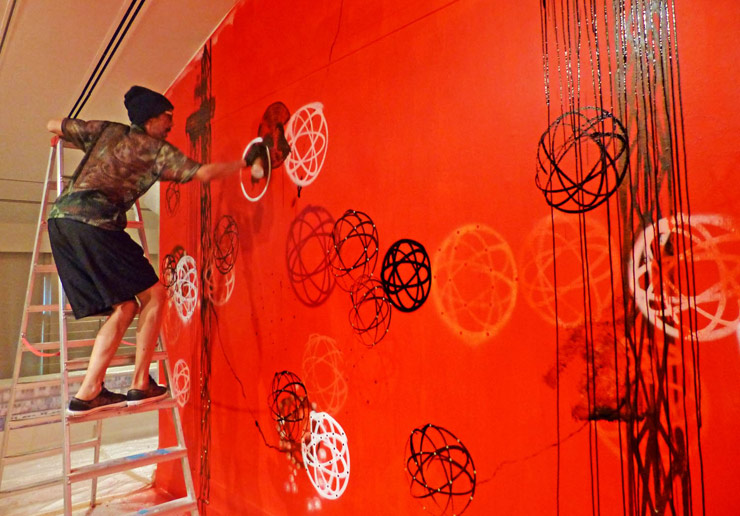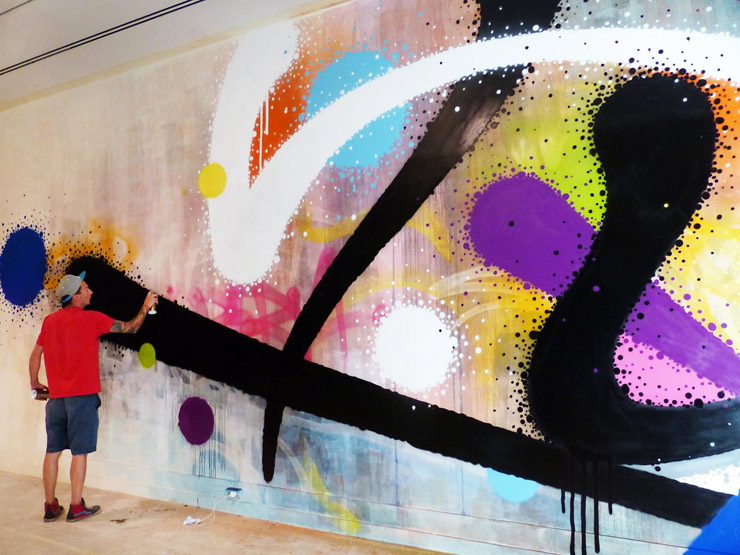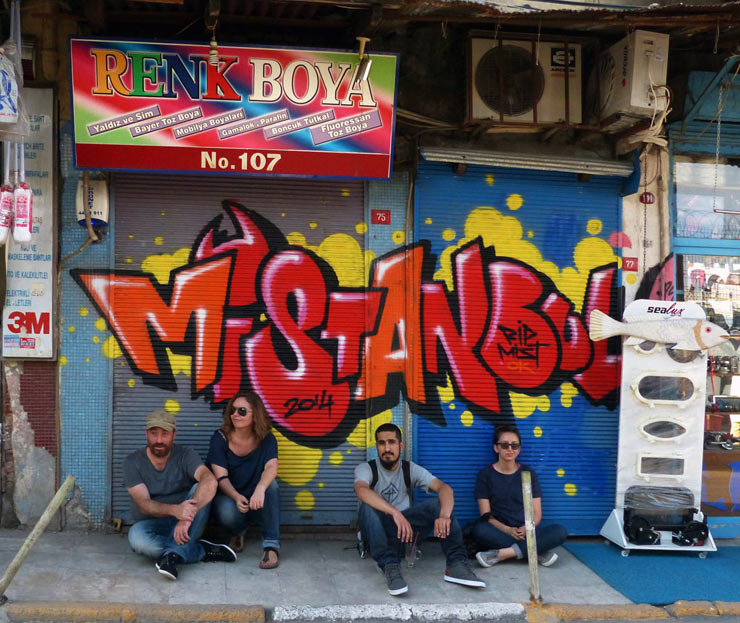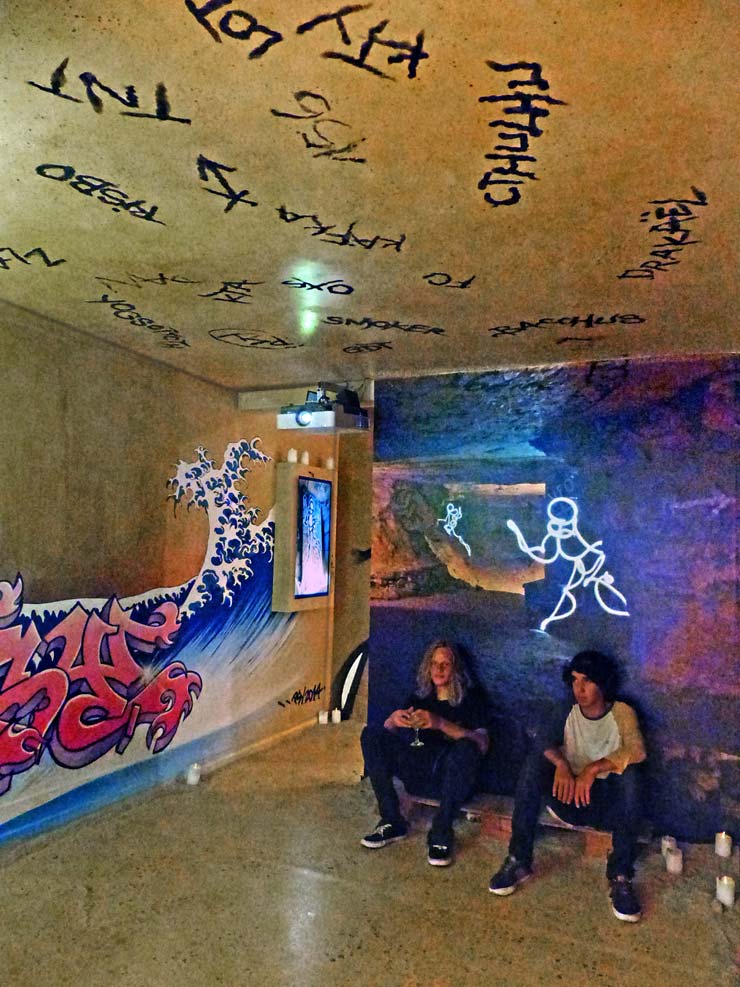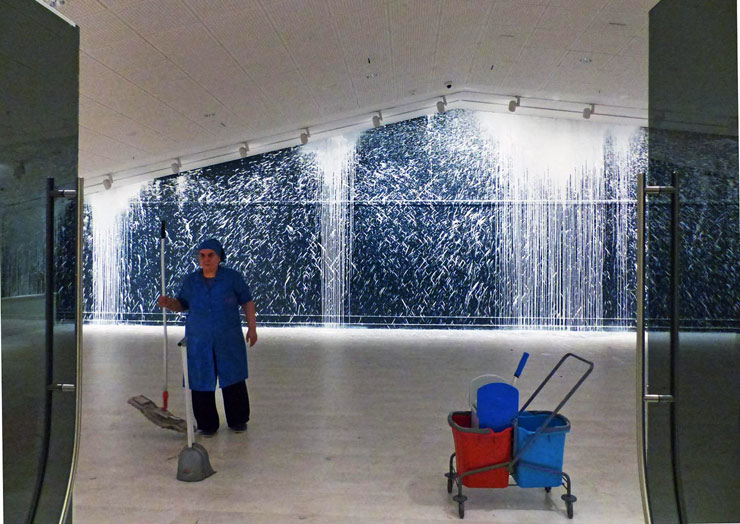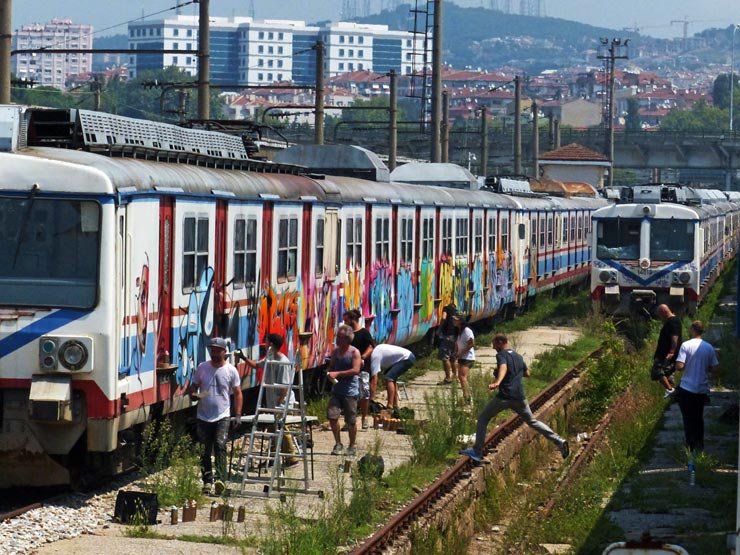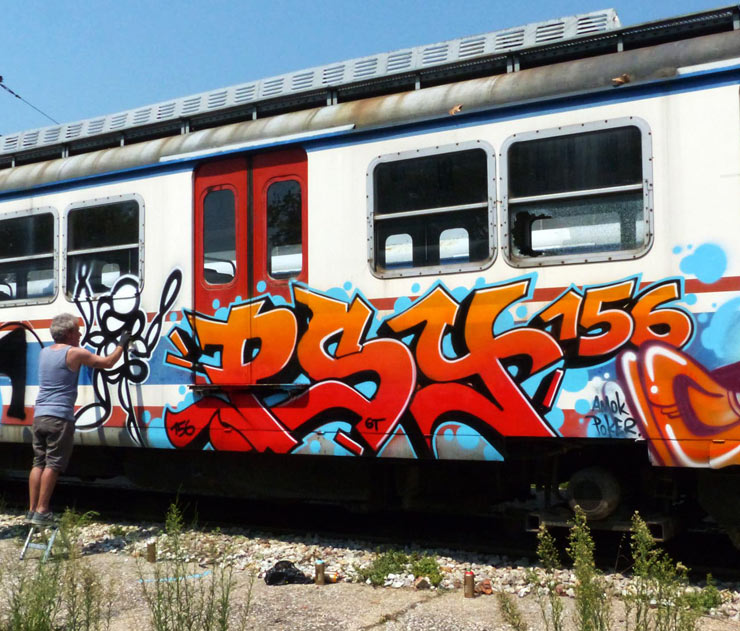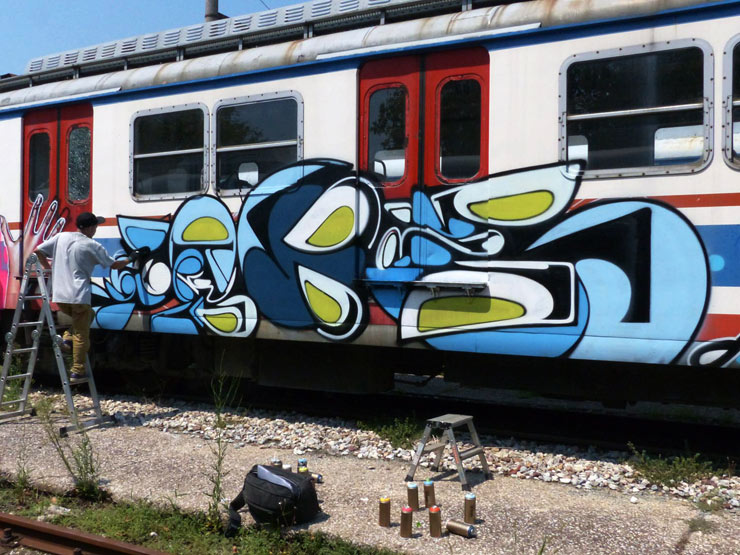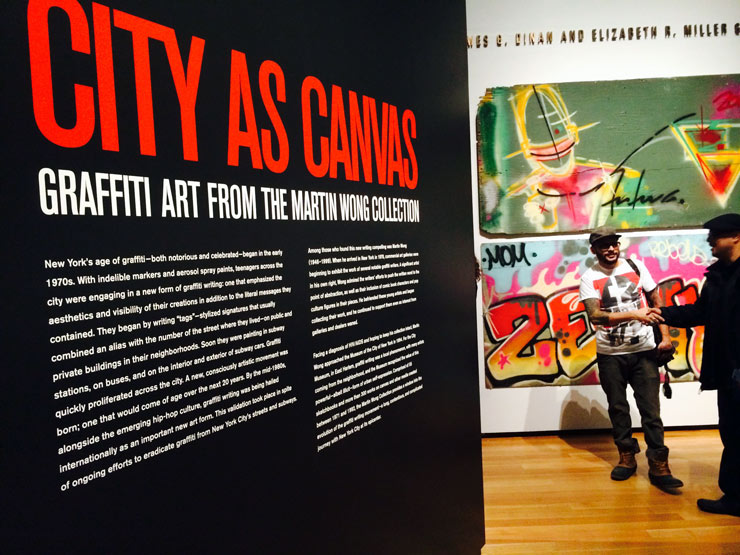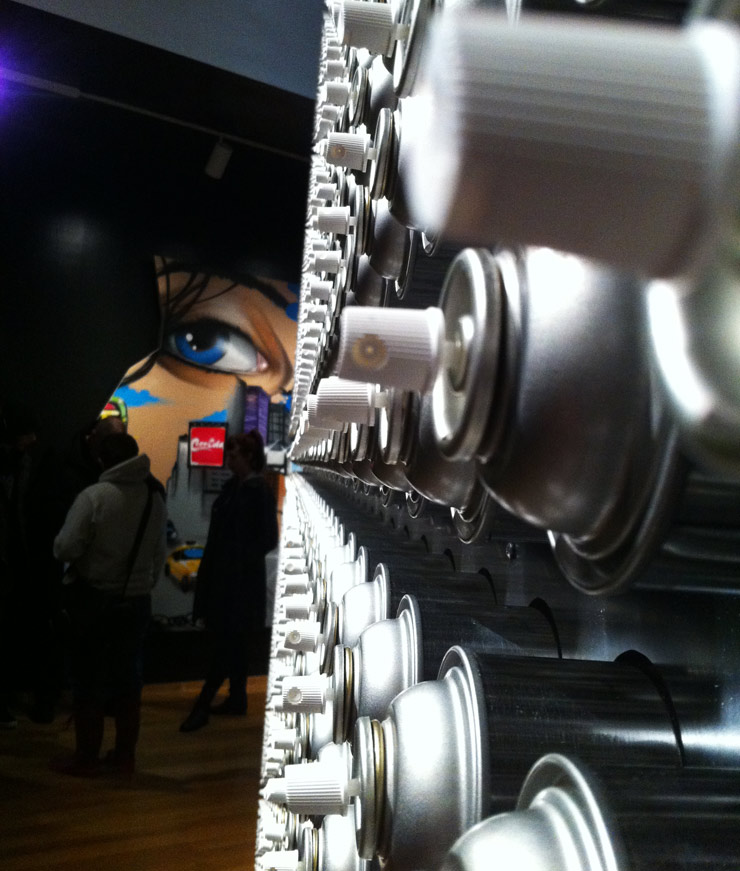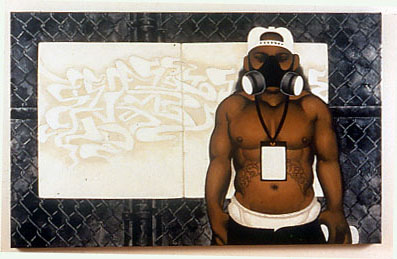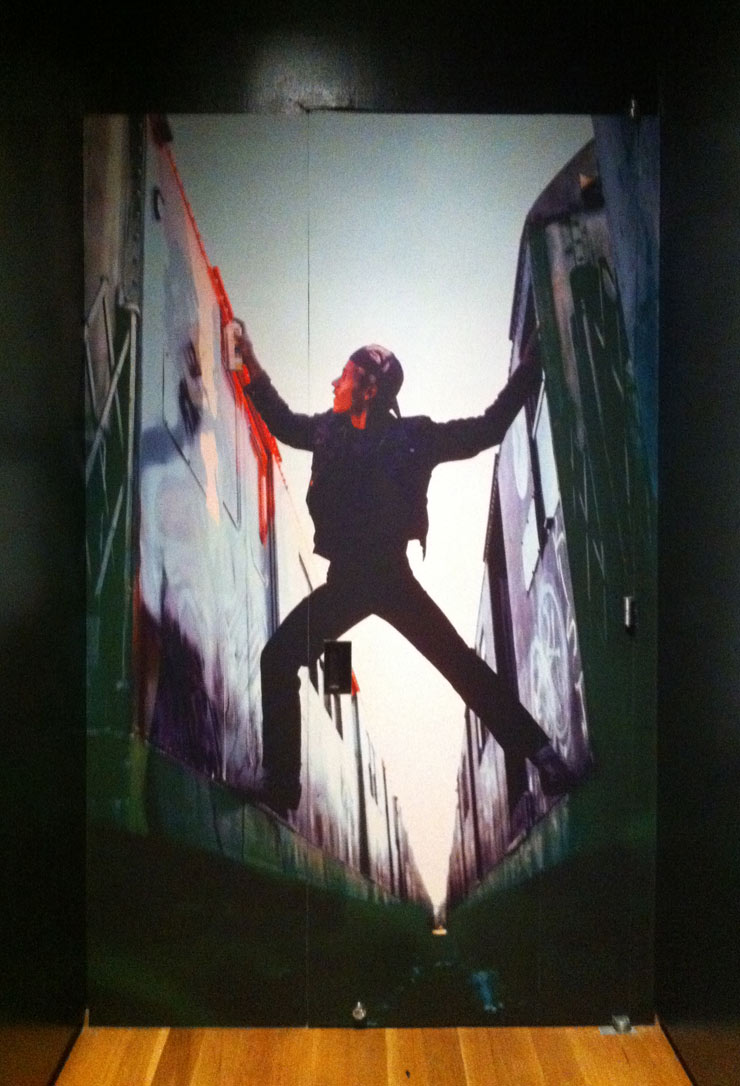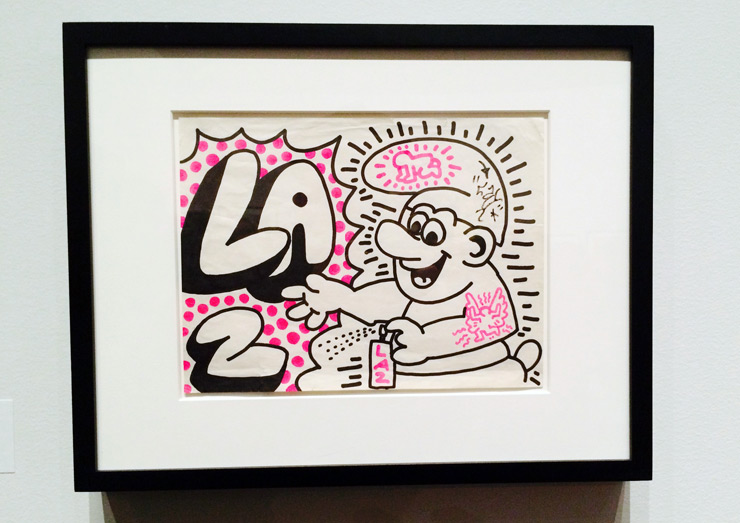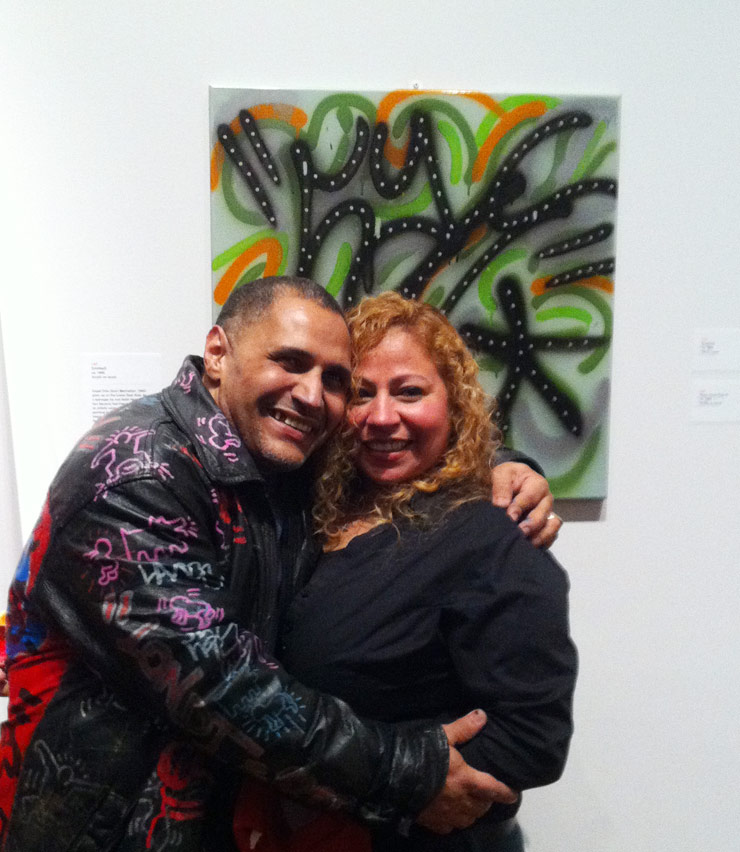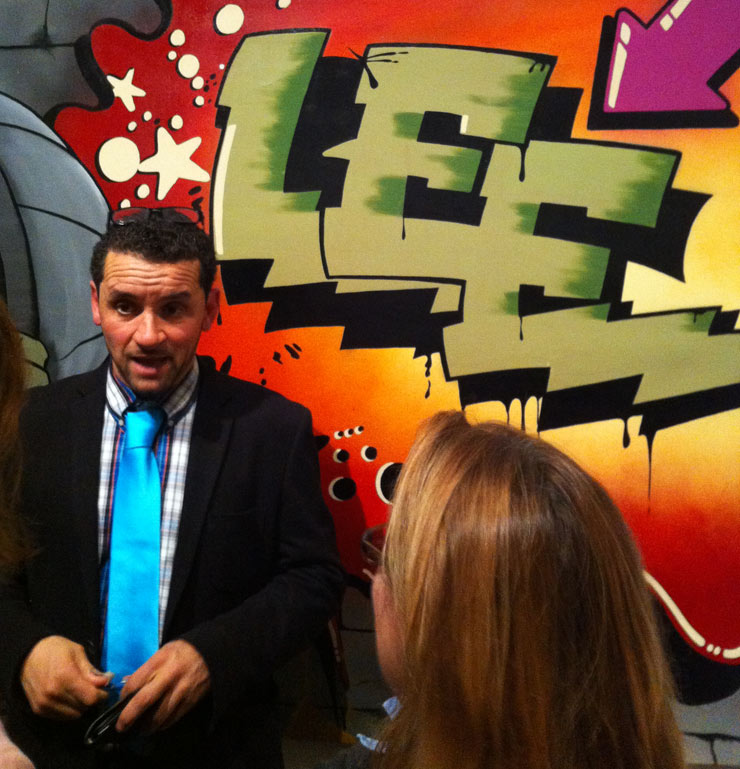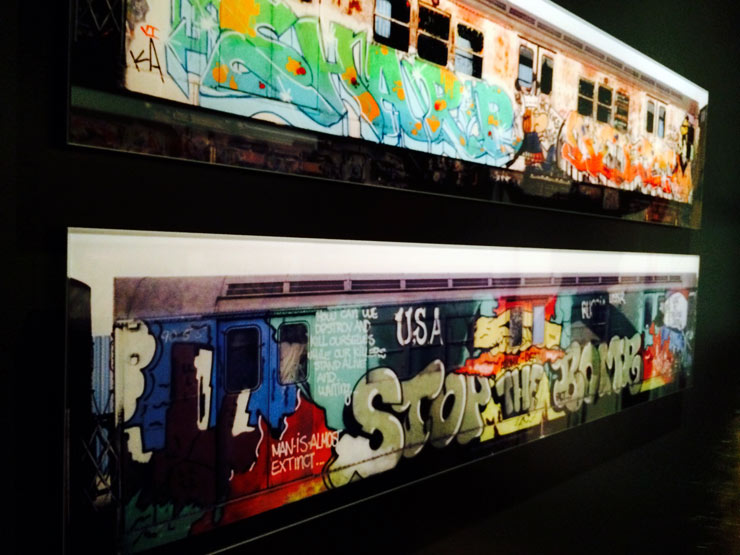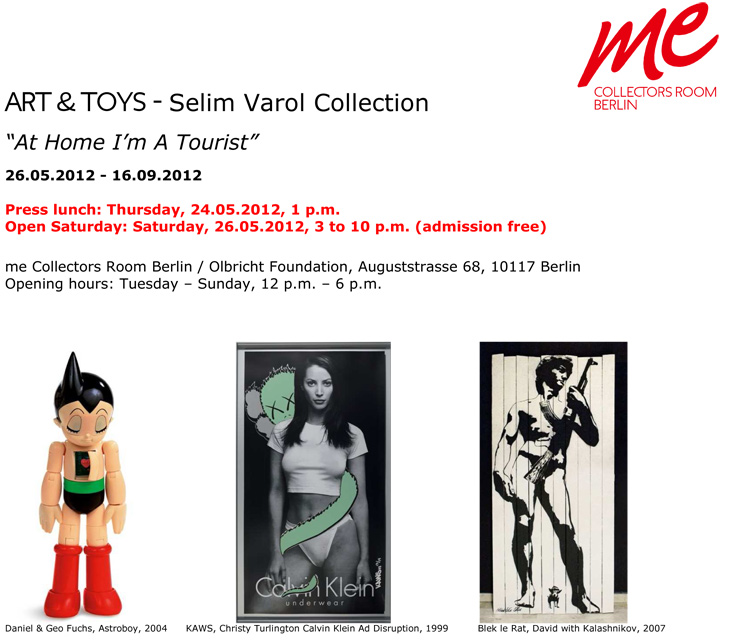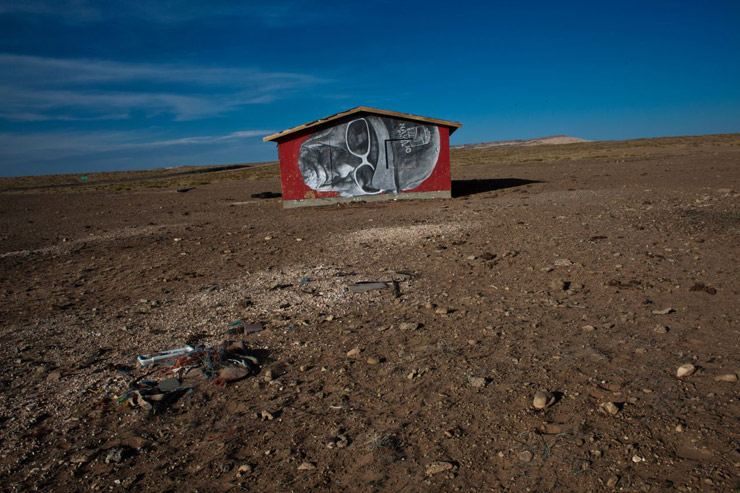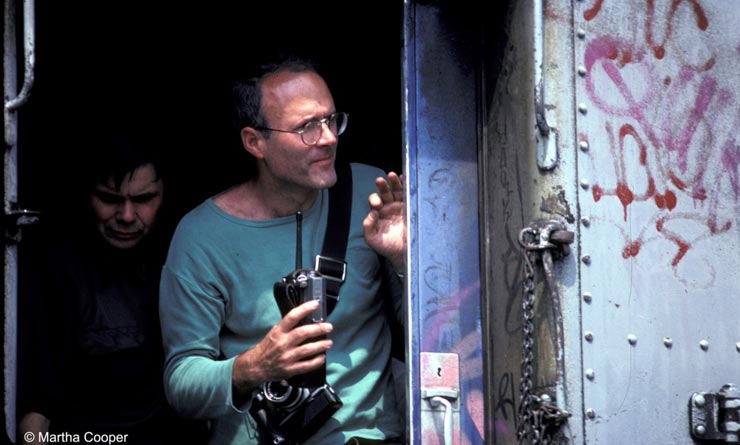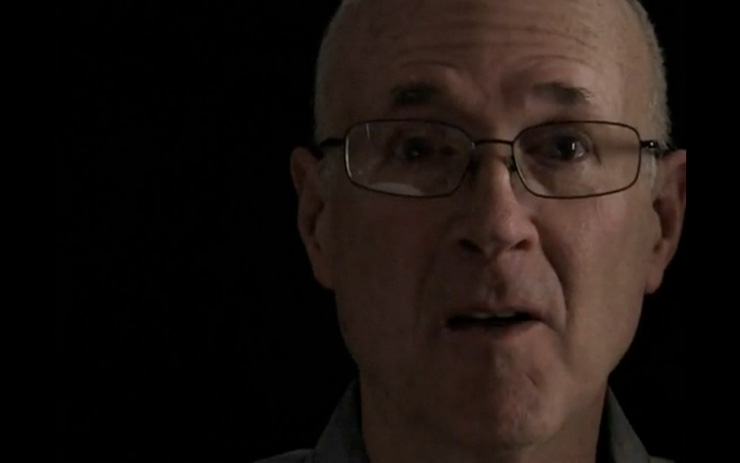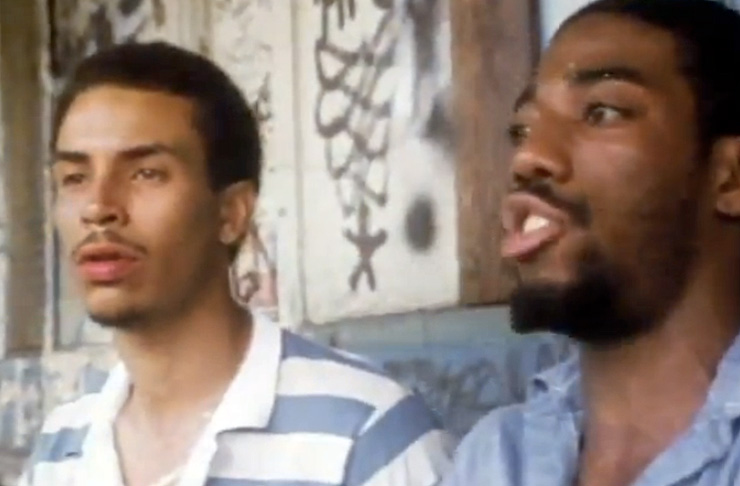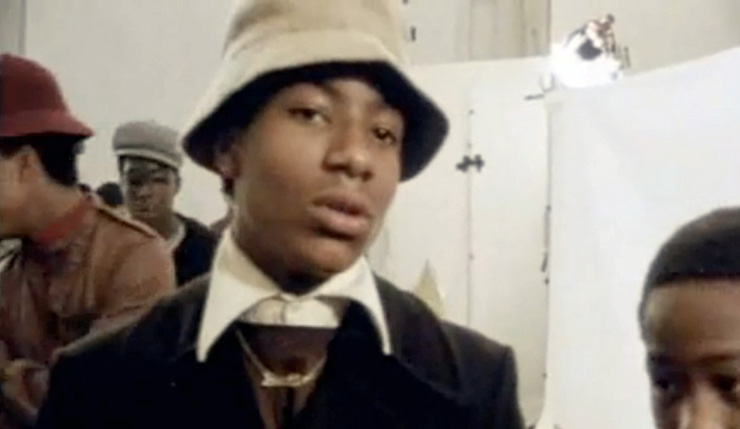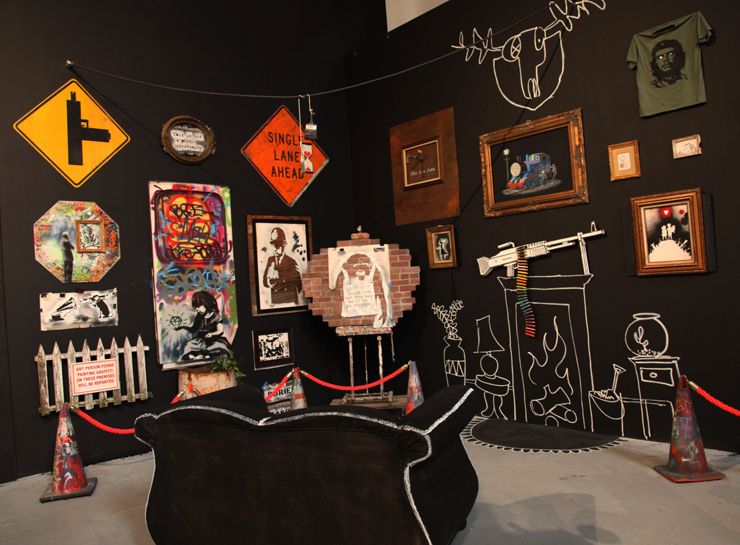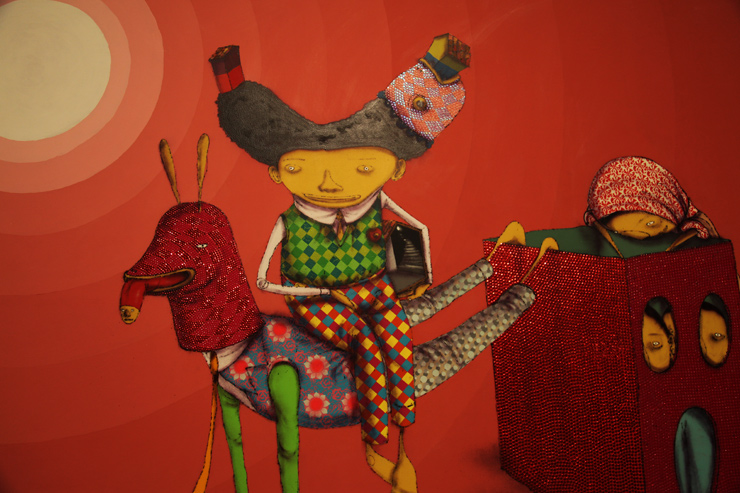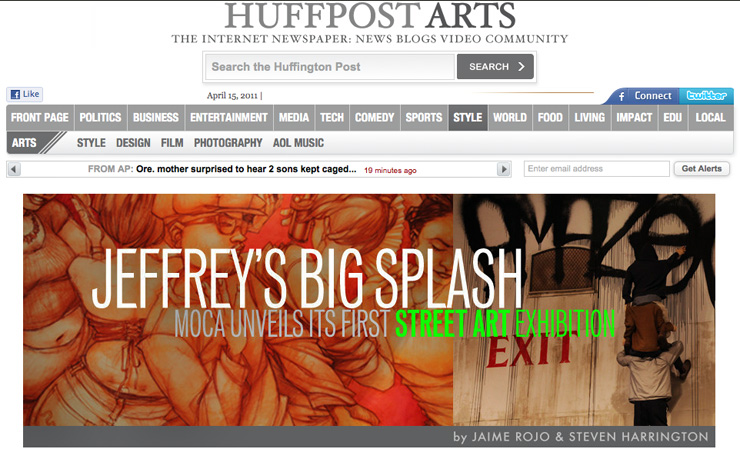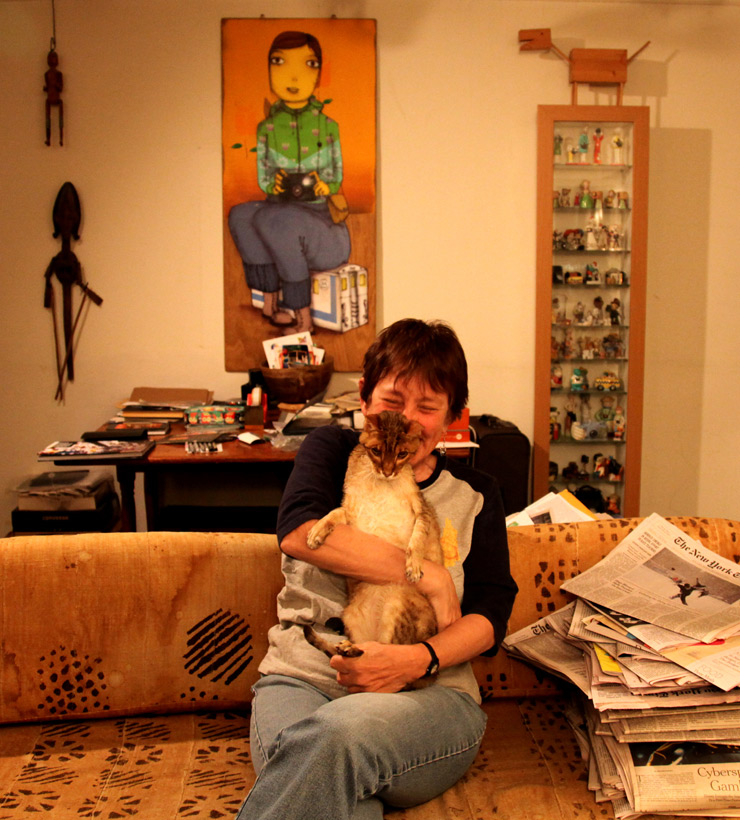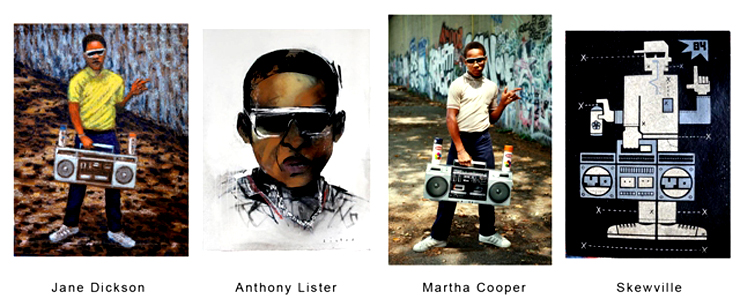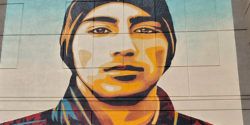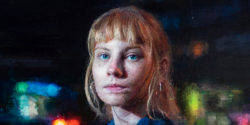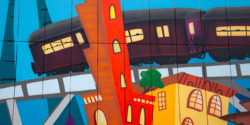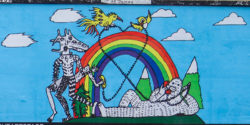Our weekly focus on the moving image and art in the streets. And other oddities.
Now screening :
1. Rone: The Alpha Project
2. FKDL – Petites Chroniques Urbaines
3. Irene Lopez León: 12+1 Contorno Urbano
4. The Batcave, Henry Chalfant, on The New York Times
5. Isaac Cordal “Giza Komedia”
BSA Special Feature: Rone: The Alpha Project
In this new revelatory video Street Artist Rone appears to unveil romantic and healthy figures from beneath a veil in isolated patches. The austere minimalist soundtrack contributes to a disorientation, a feeling of suspension while a visual wonder appears before you. The ruins of industrial production are legion in parts of the West as manufacturing is now done in the East, so our artists again have discovered enchanting ways to make something remarkable with the tools at hand, even transcendent.
FKDL – Petites Chroniques Urbaines
Mon Film, La Femme Chez Elle.
Only two of hundreds of magazines collected from the fashionable Parisian ladies of the 1950s and 1960s that FKDL flips through. In his studio you find his materials carefully archived and labeled, a well of pleasant and smartly chick ladies to select from and to collage together. A painter before he was a street art, his muses have been many and now he takes his stuff to the street with part illustration, part collage, often upon a bright blue or phosphorescent pink thin synthetic backing. Here he shares openly with you how the process goes, how he first loved these ladies and how he came upon his style for the street, now for a decade or so.
FKDL recalls a moment of epiphany with clarity; “Right. I got it. I’m going to dress up my collage characters with more collages”.
Irene Lopez León: 12+1 Contorno Urbano
See the direct relationship between the studio practice and the mural painting here in this video with Spanish artists Irene Lopez León for the 12+1 wall.
The Batcave, a Graffiti Landmark in Brooklyn, Grows Up
The New York Times discovered the Batcave just as it is about to be developed, and invited Henry Chalfant, whom writer Matt A.V. Chaban regards simply as “a graffiti expert” to come along and speak about the rather hallowed site. The experience is multidimensional in this gorgeous video, with an opportunity for you to drag your mouse across the screen to glance around the room and ceilings while Henry talks.
“Though few individual pieces in the Batcave are particularly notable, Henry Chalfant, a graffiti expert, remarked on a recent tour how the totality of the art is what makes it special, a reminder of the “outlaw spaces” that once populated much more of the city.”
We found a few pieces that were notable in 2012 in our piece New York Interiors and Urban Exploring.
Isaac Cordal “Giza Komedia”
Follow Street Artist Isaac Cordal as he stages small scenes outside the Guggenheim in Bilbao, Spain, where he has his current solo show at SC Gallery. The corrugated metal shelters mimic closely the undulating shapes of the Frank Gehry designed architecture of the formal museum across the street. We need to get this guy INTO the museum, instead of being kept outside. We will.
ISAAC CORDAL. “GIZA KOMEDIA”. SOLO SHOW. SC GALLERY BILBAO. from SC Gallery + Art Management on Vimeo.
 BROOKLYN STREET ART LOVES YOU MORE EVERY DAY
BROOKLYN STREET ART LOVES YOU MORE EVERY DAY